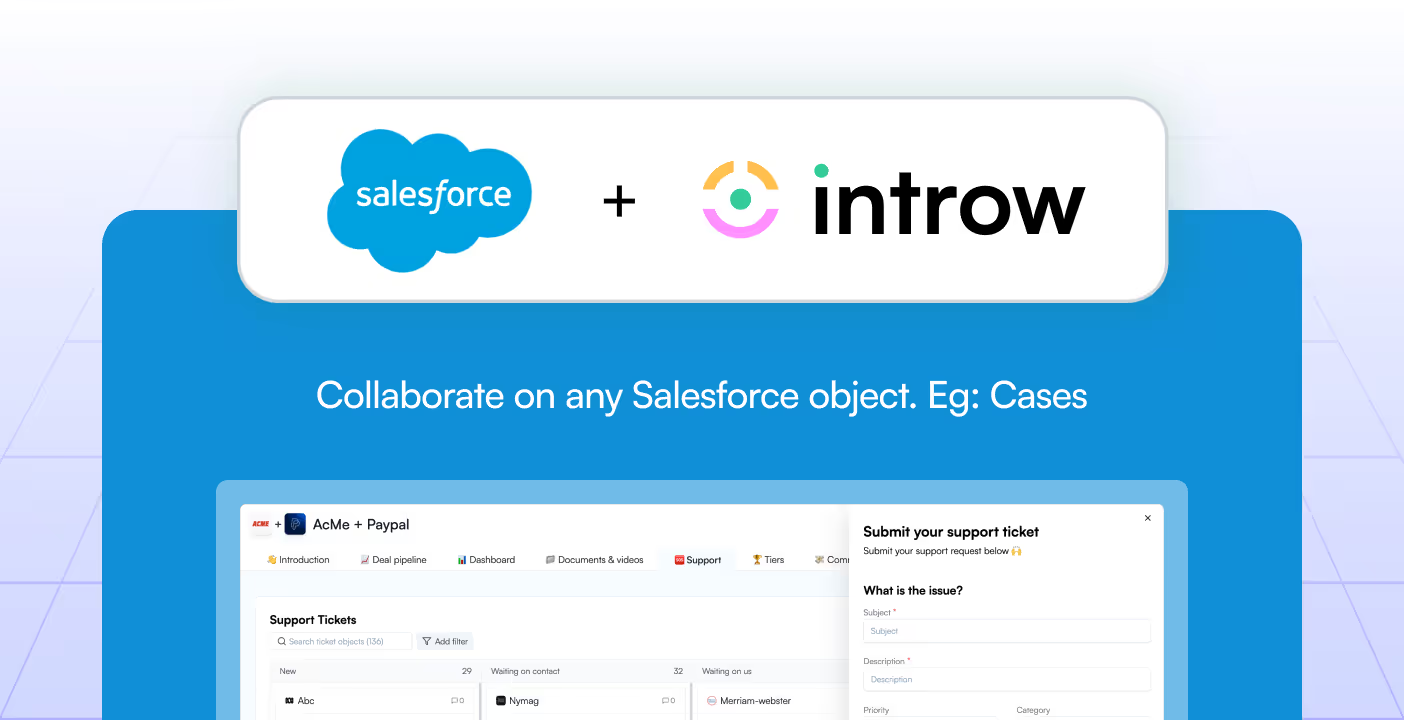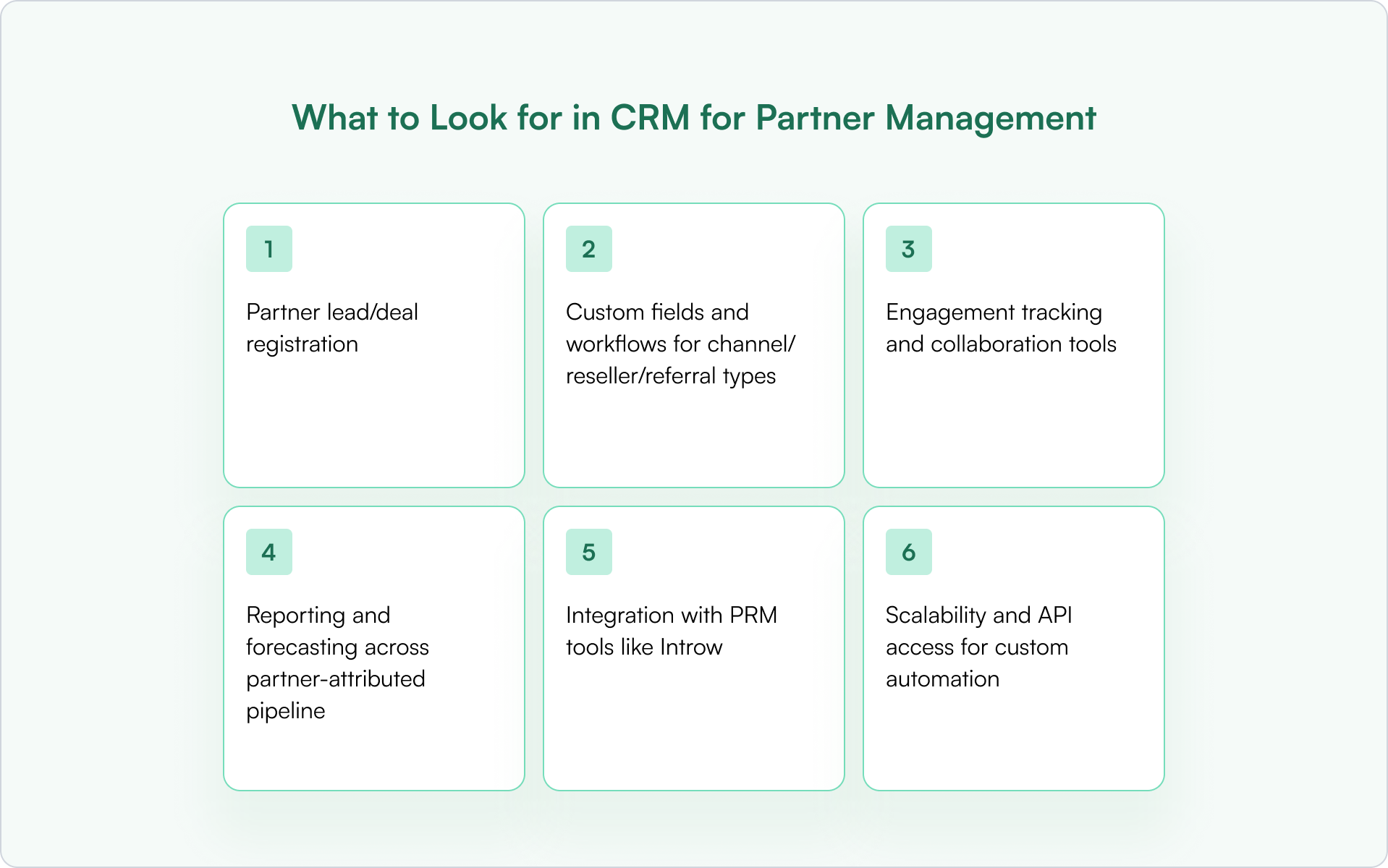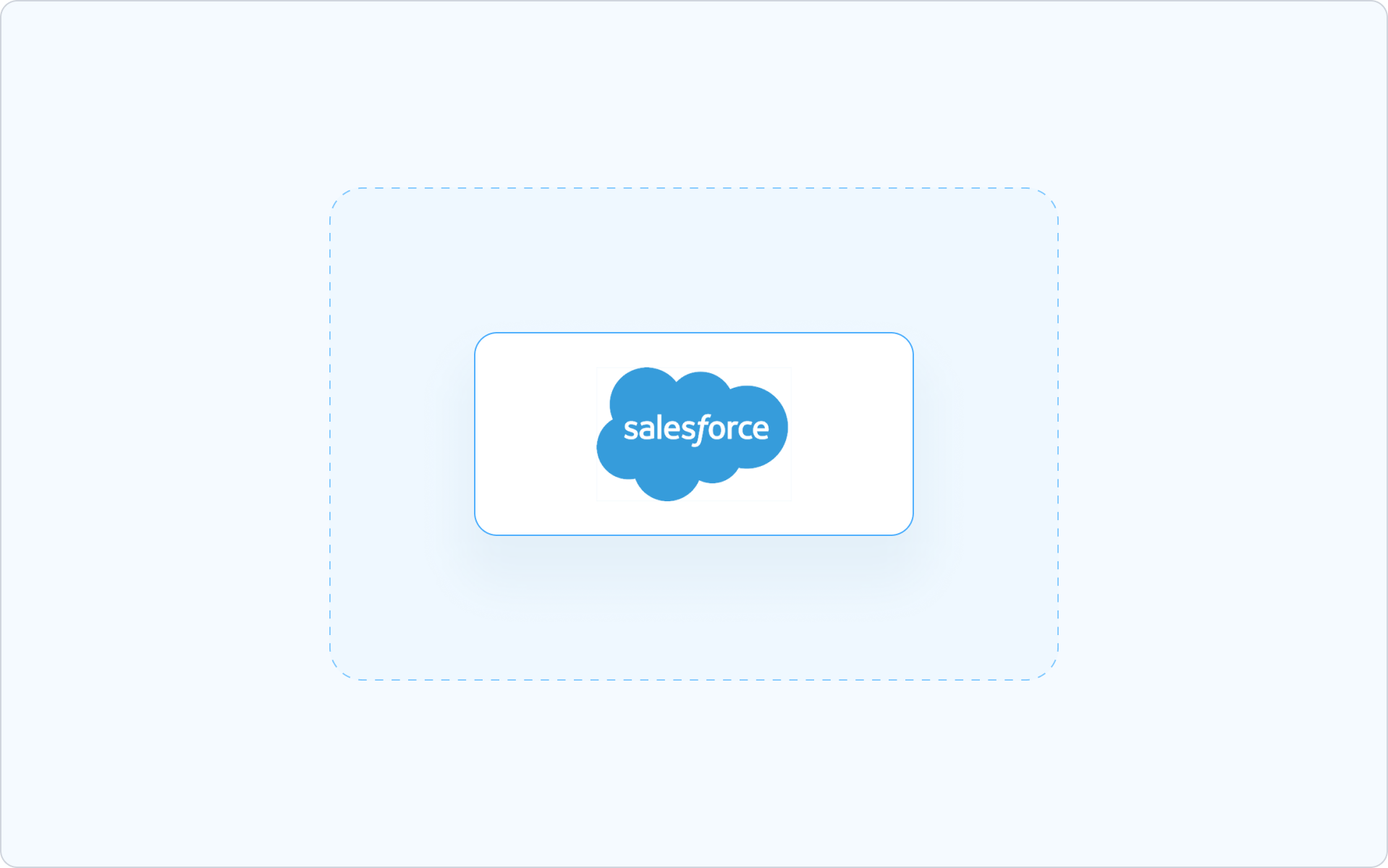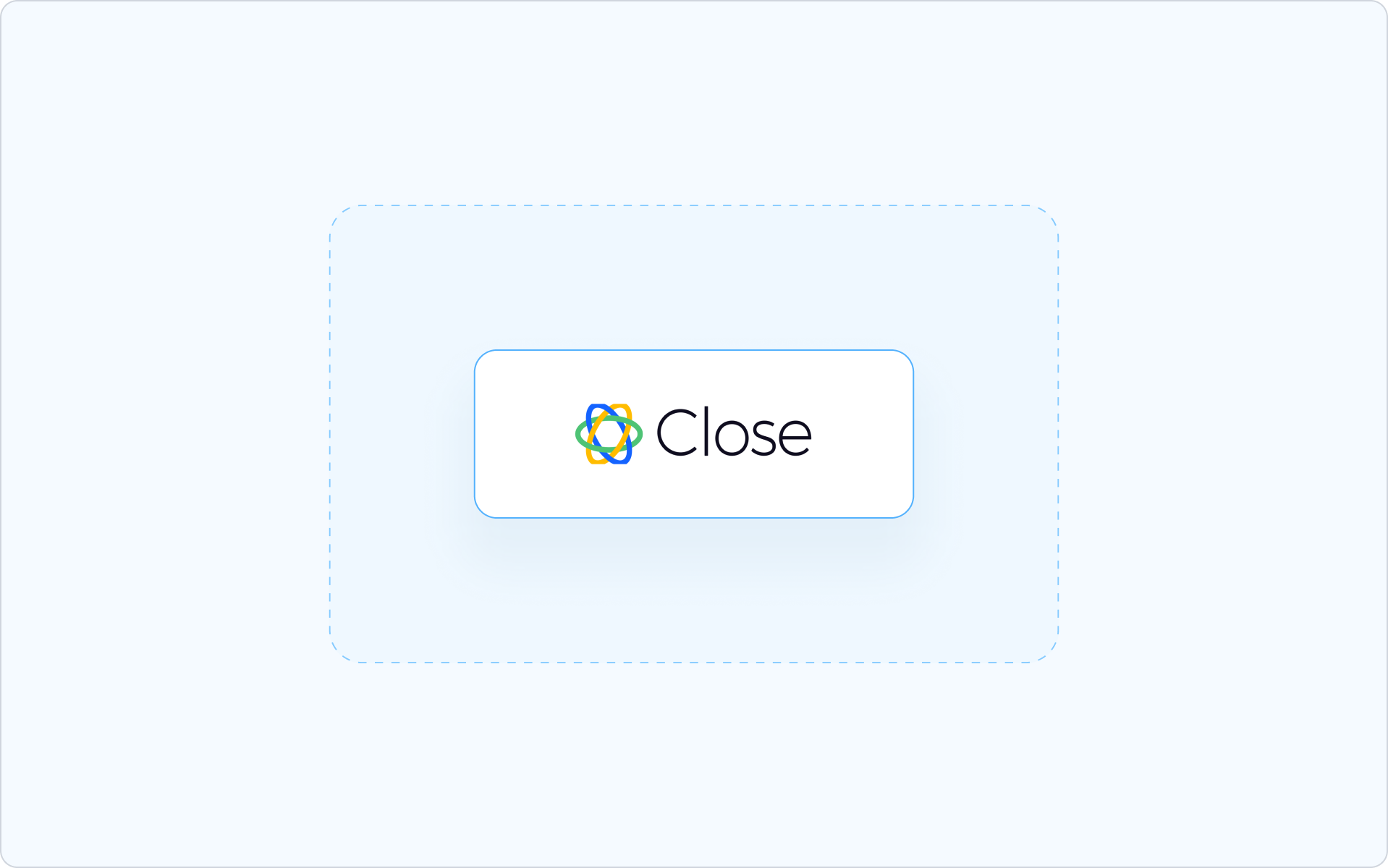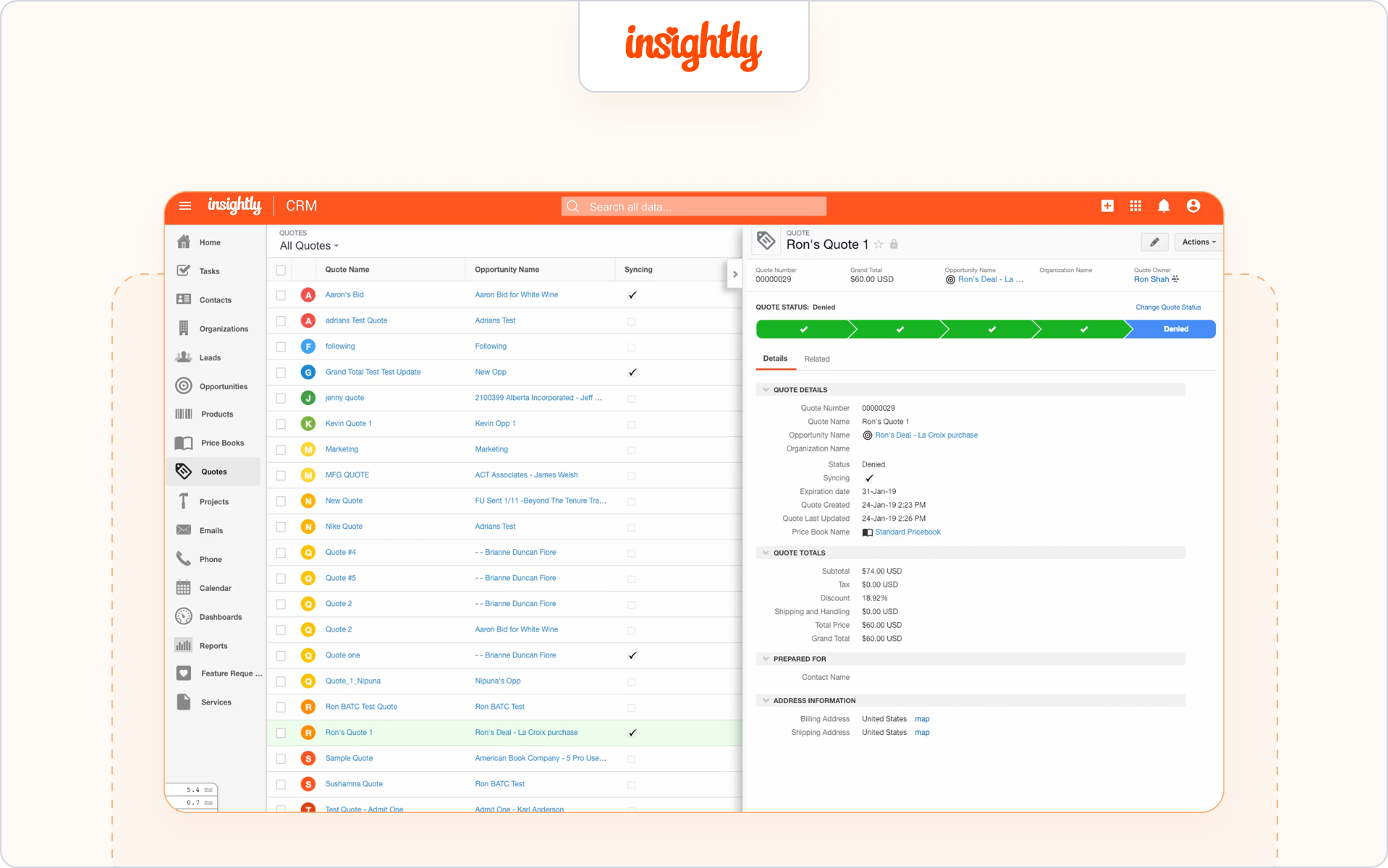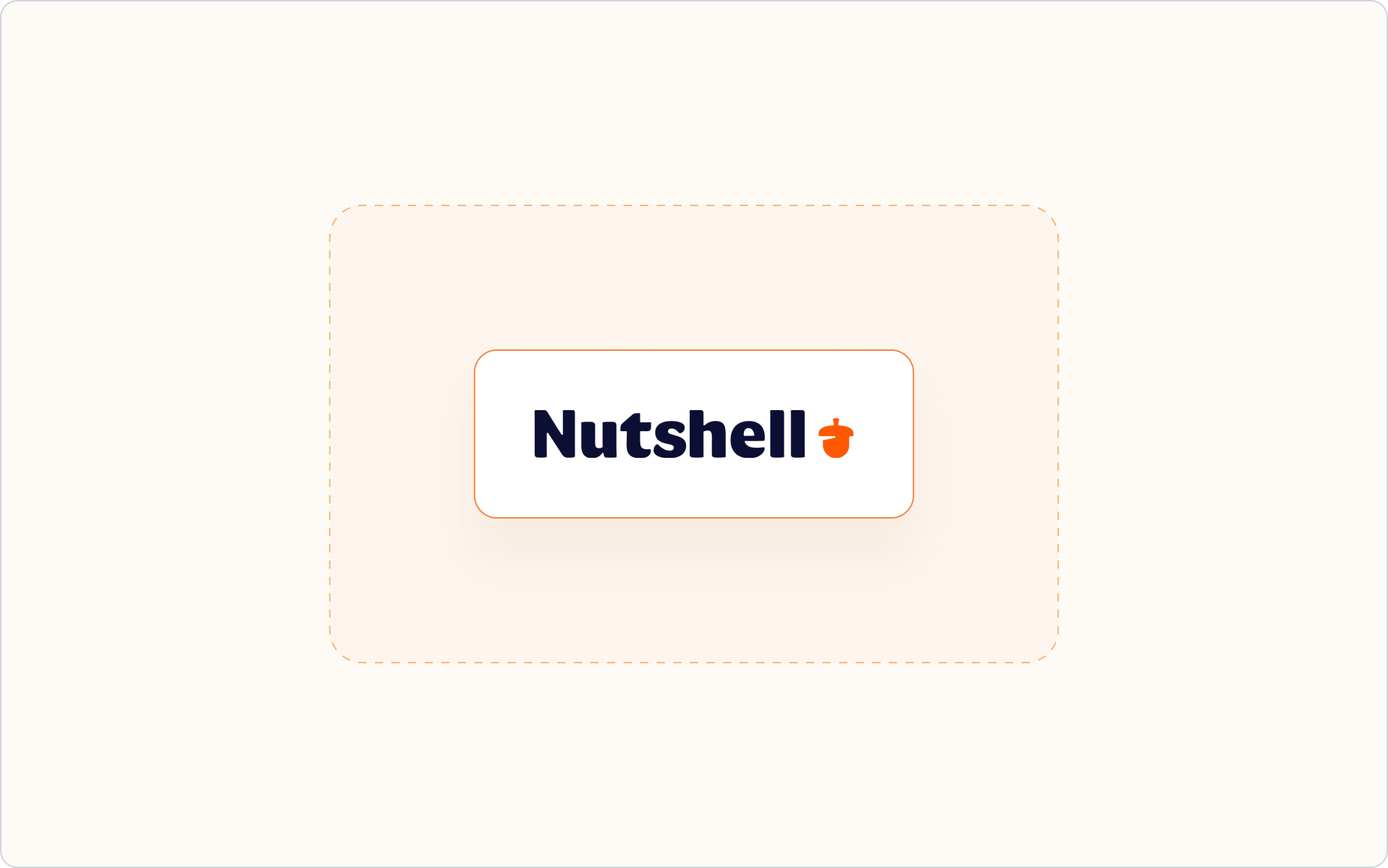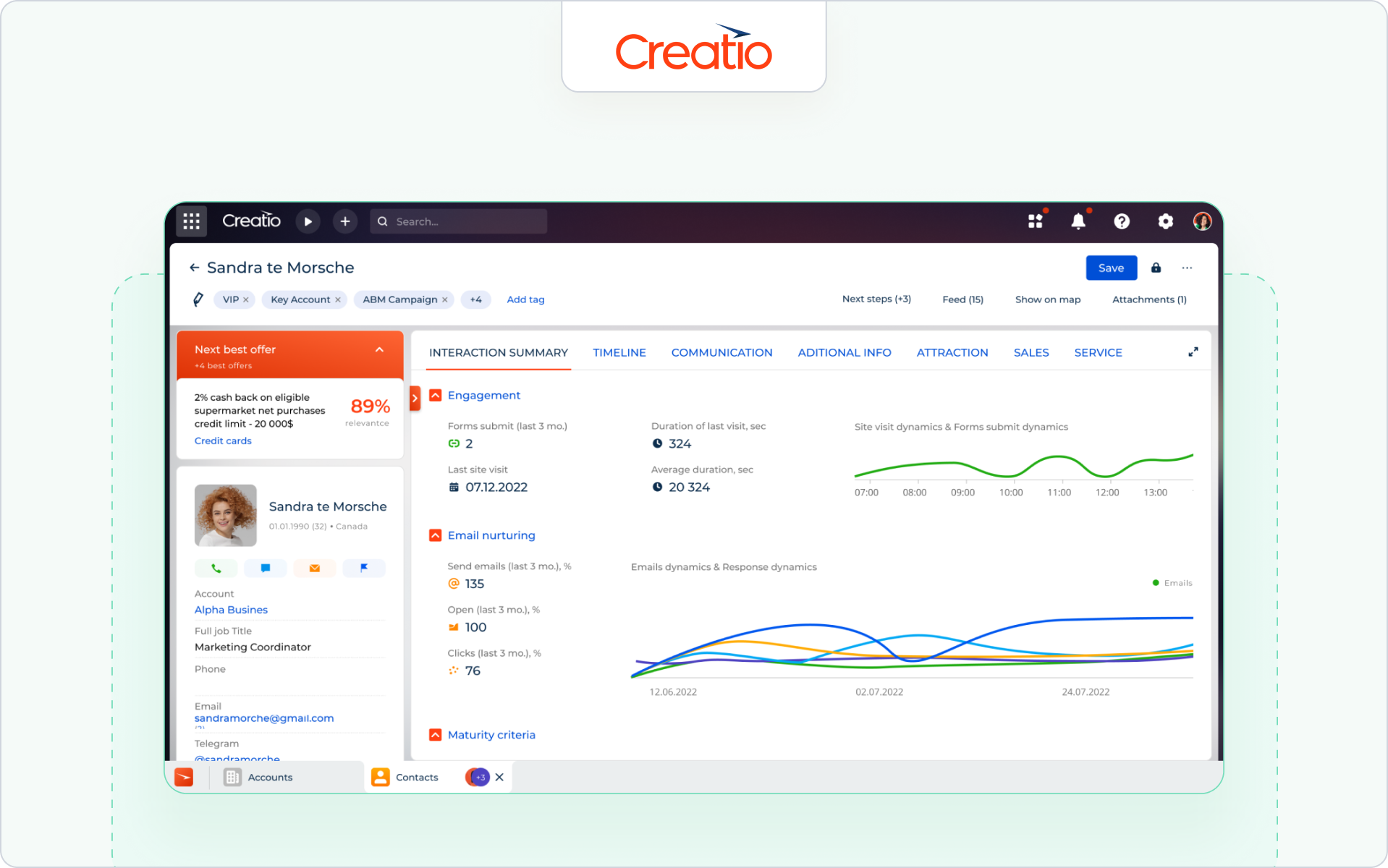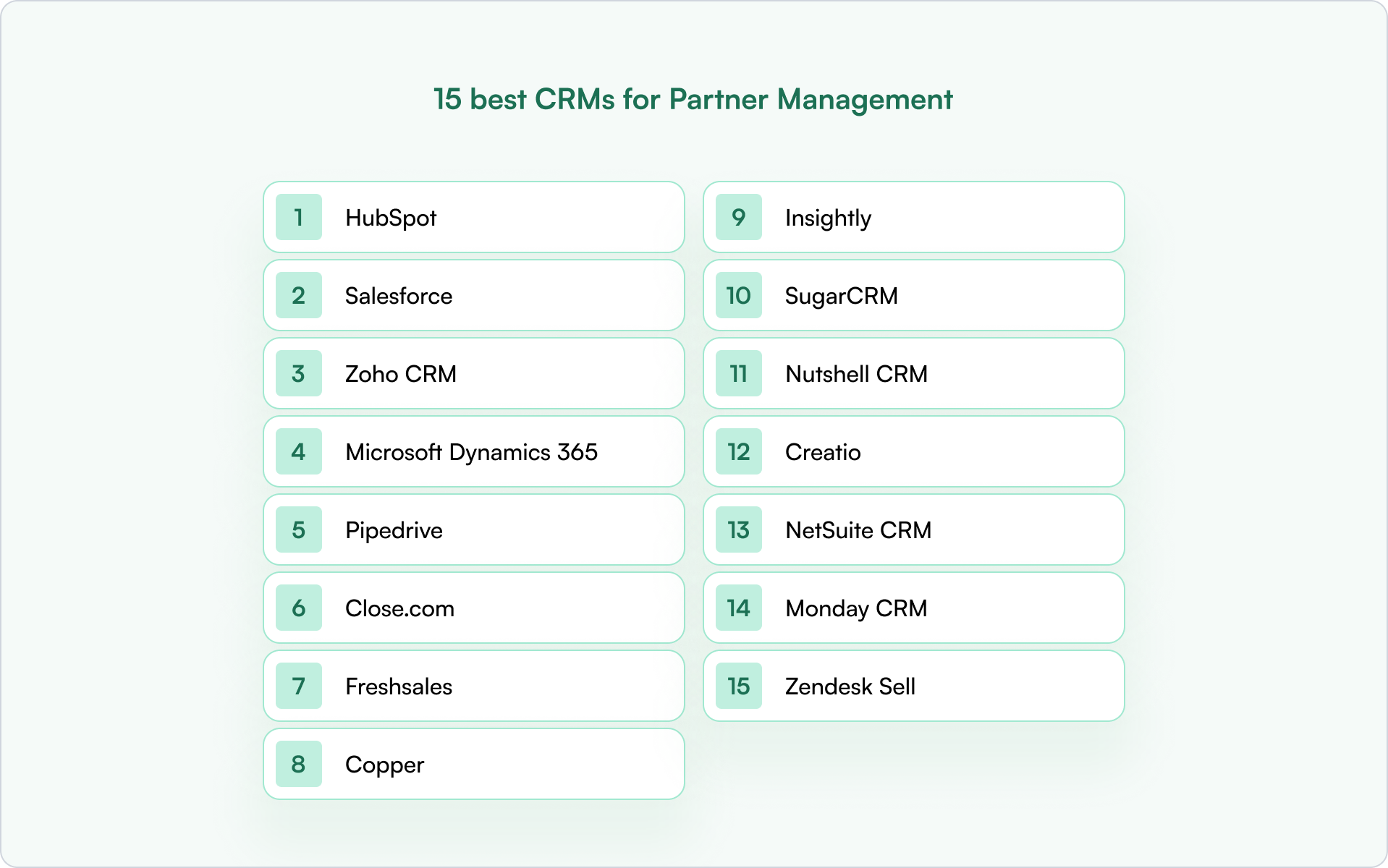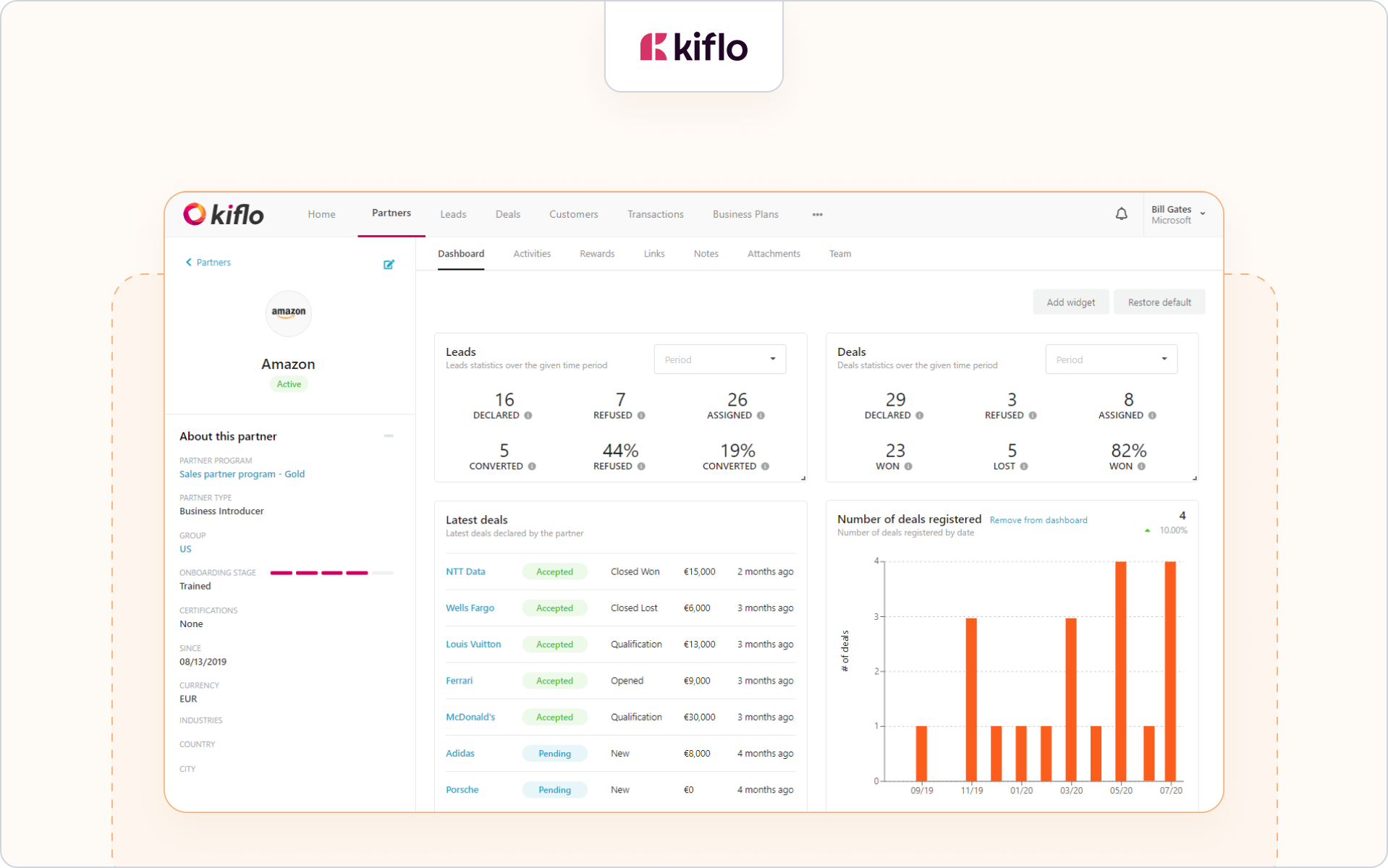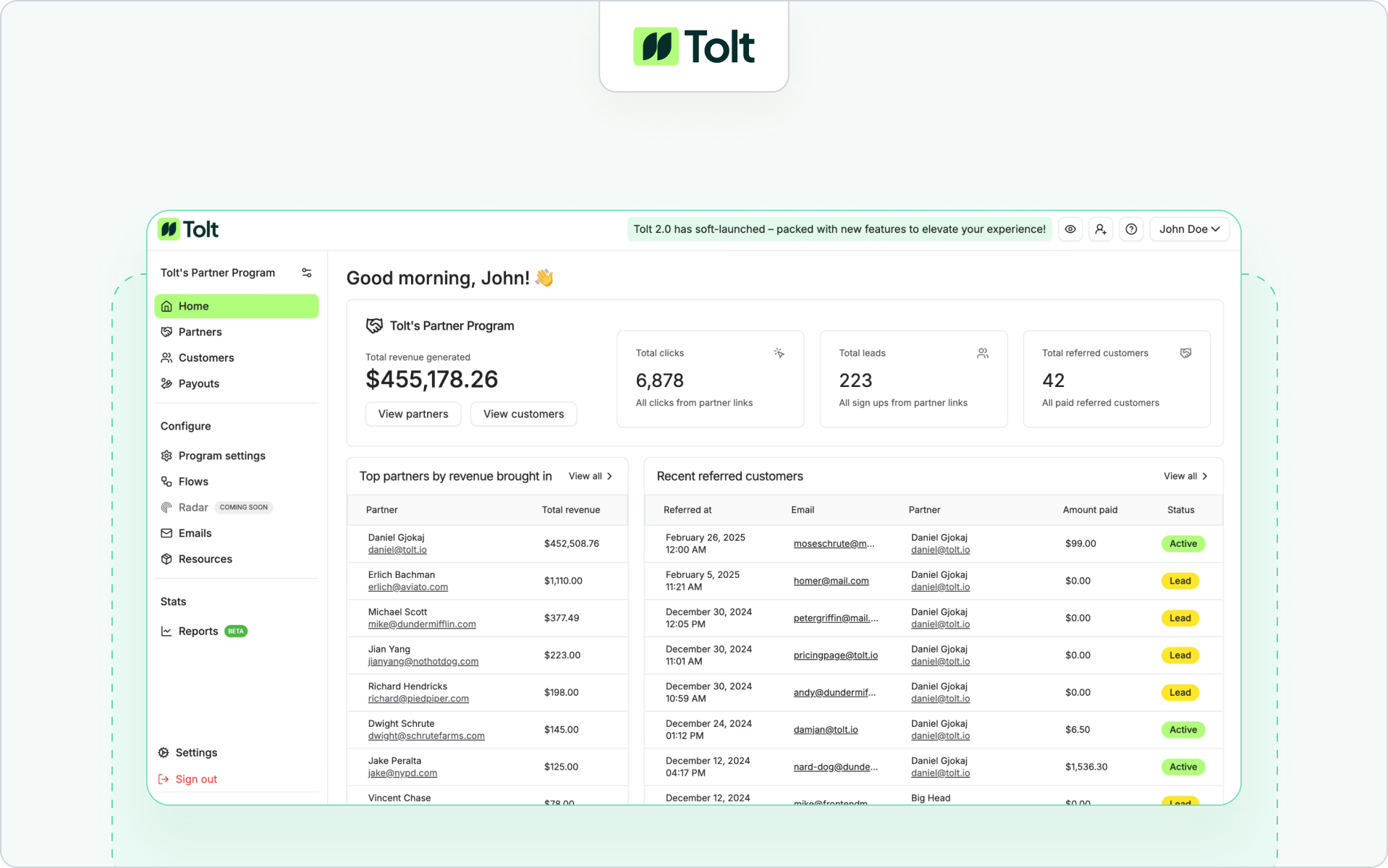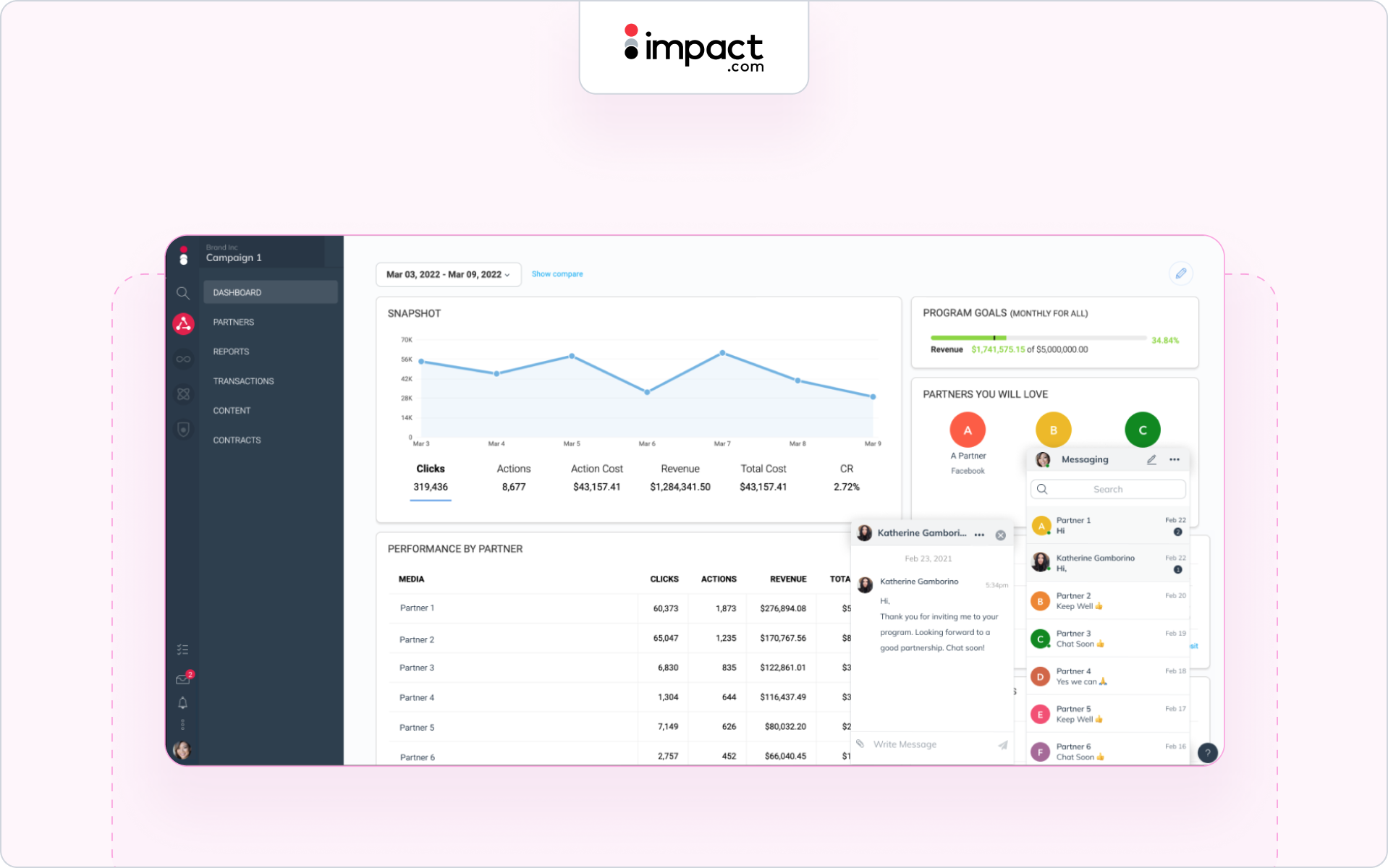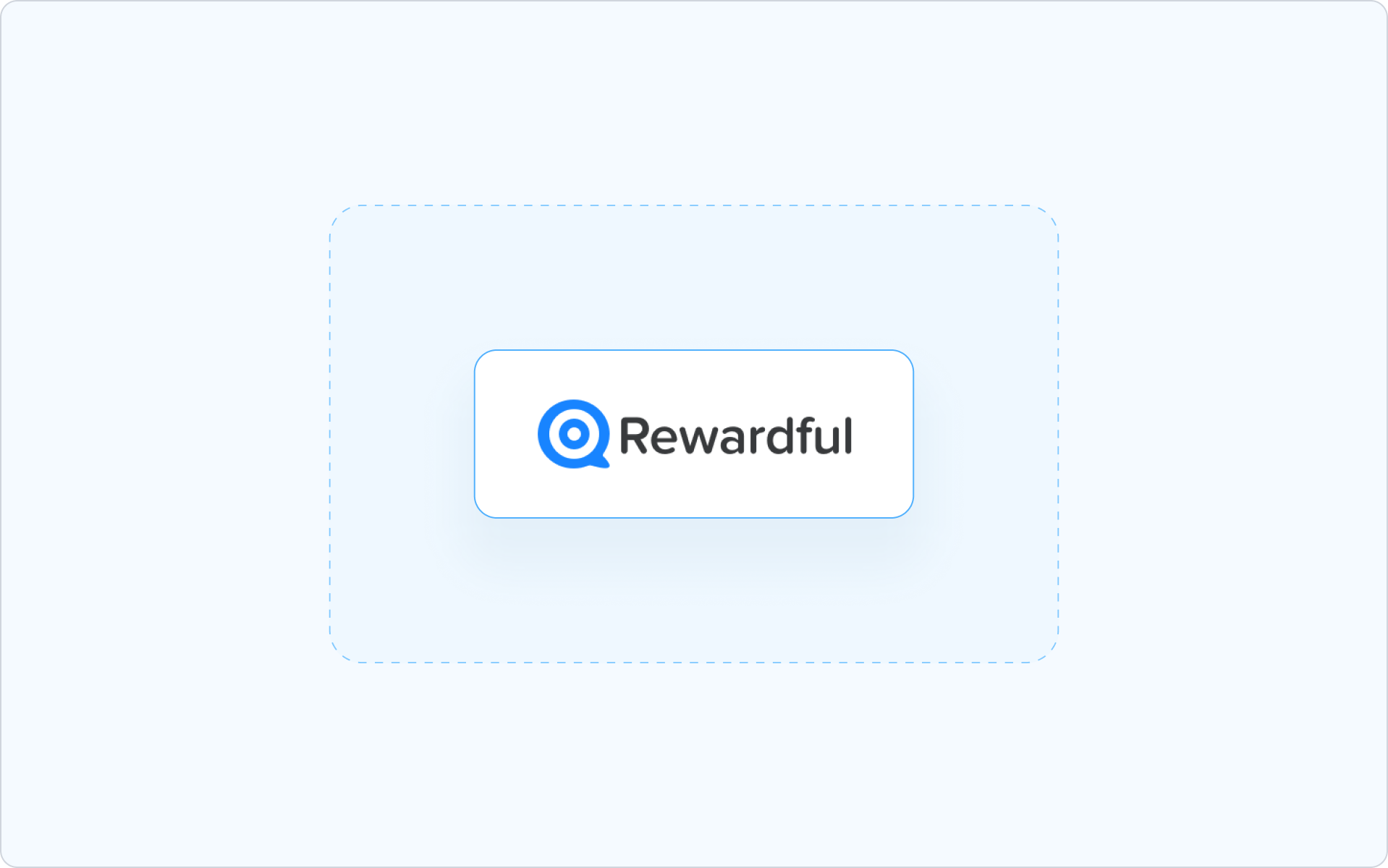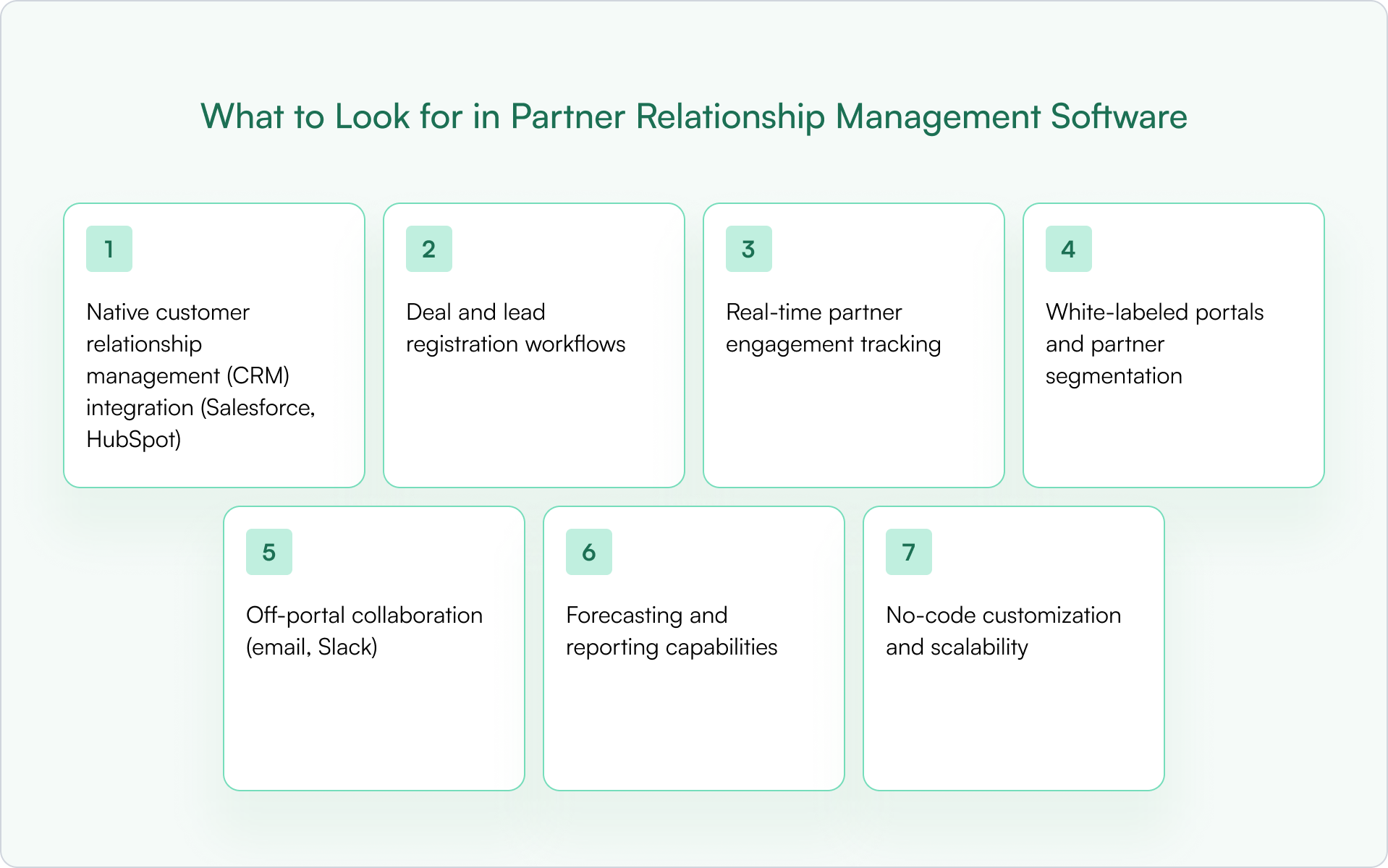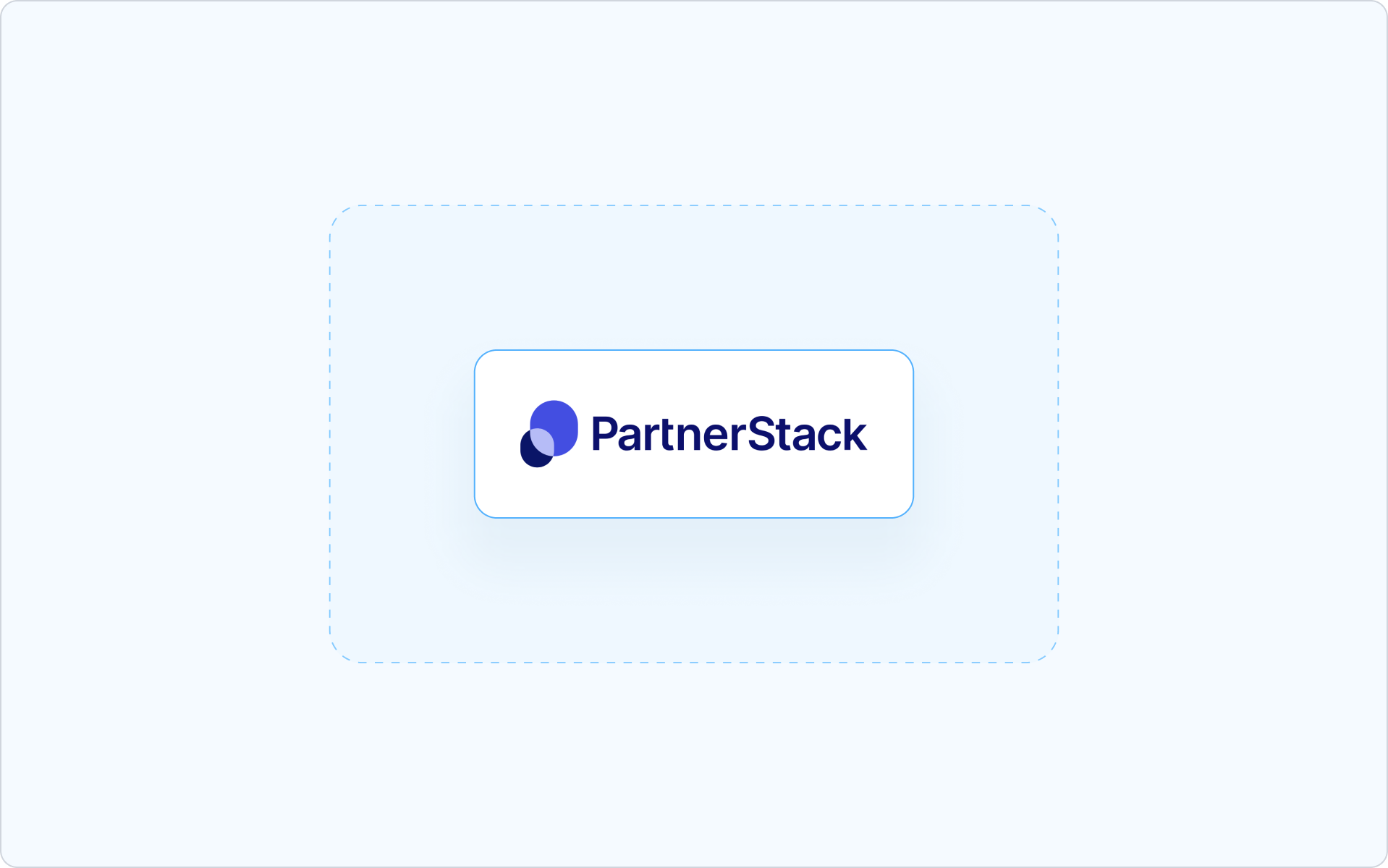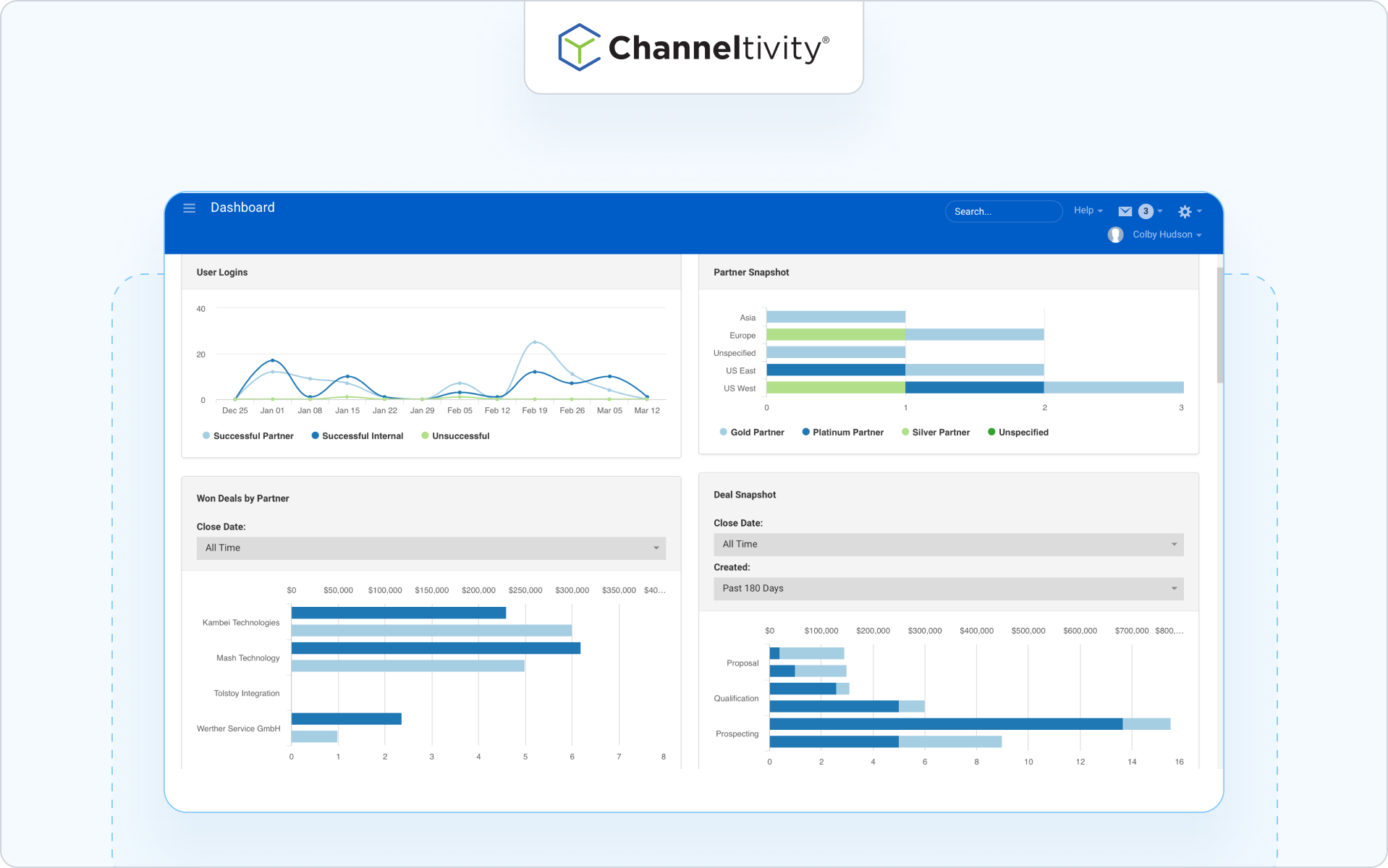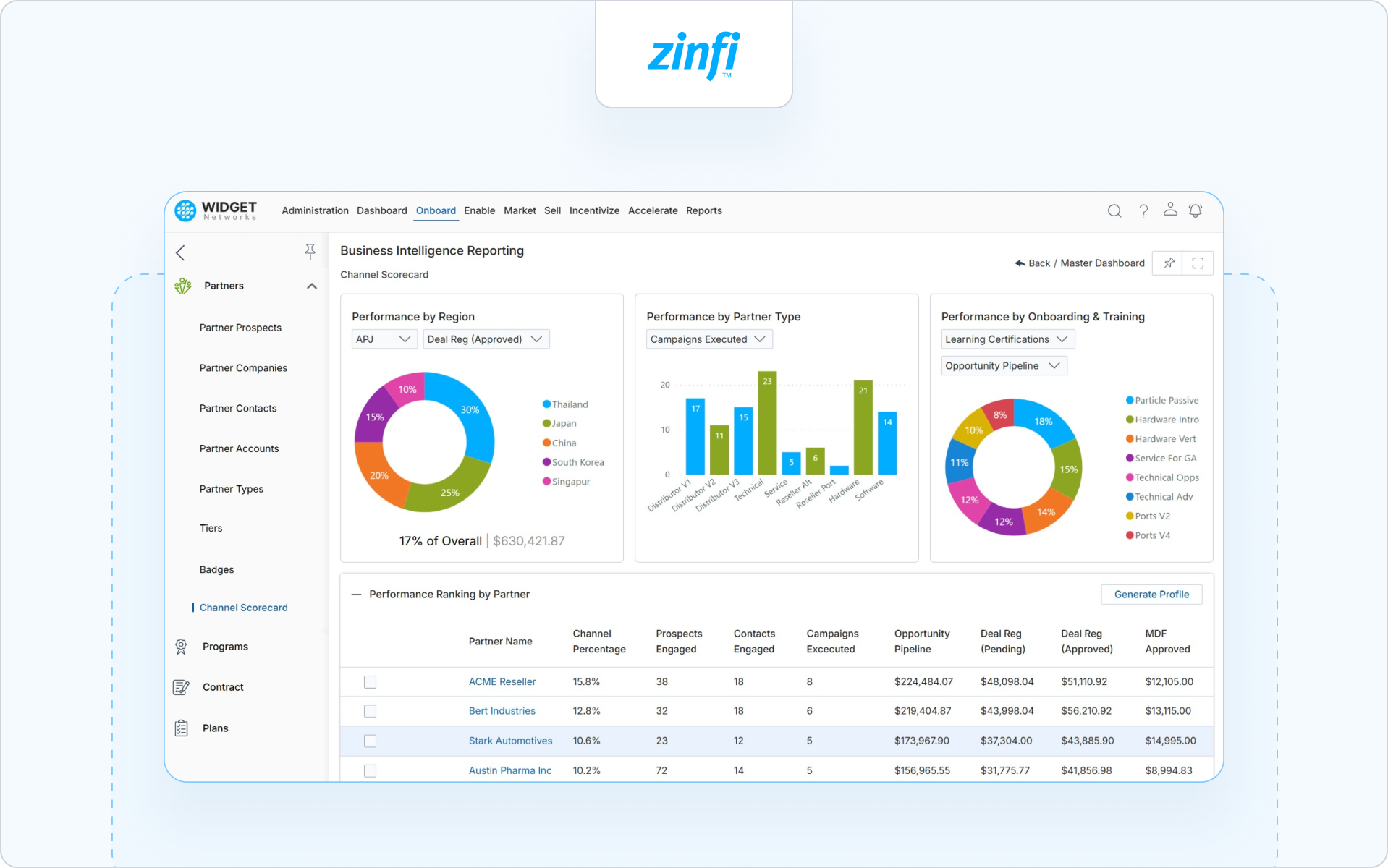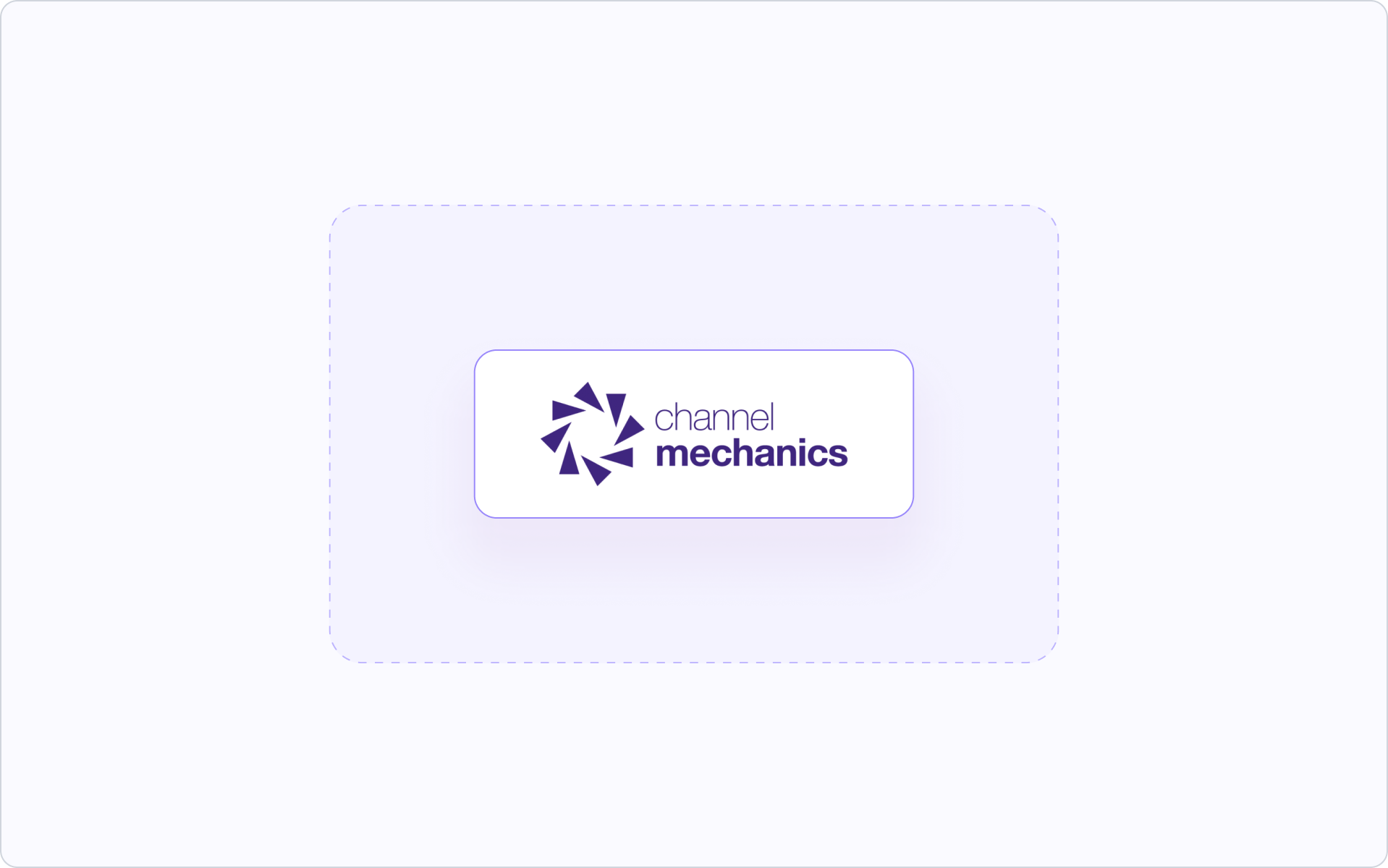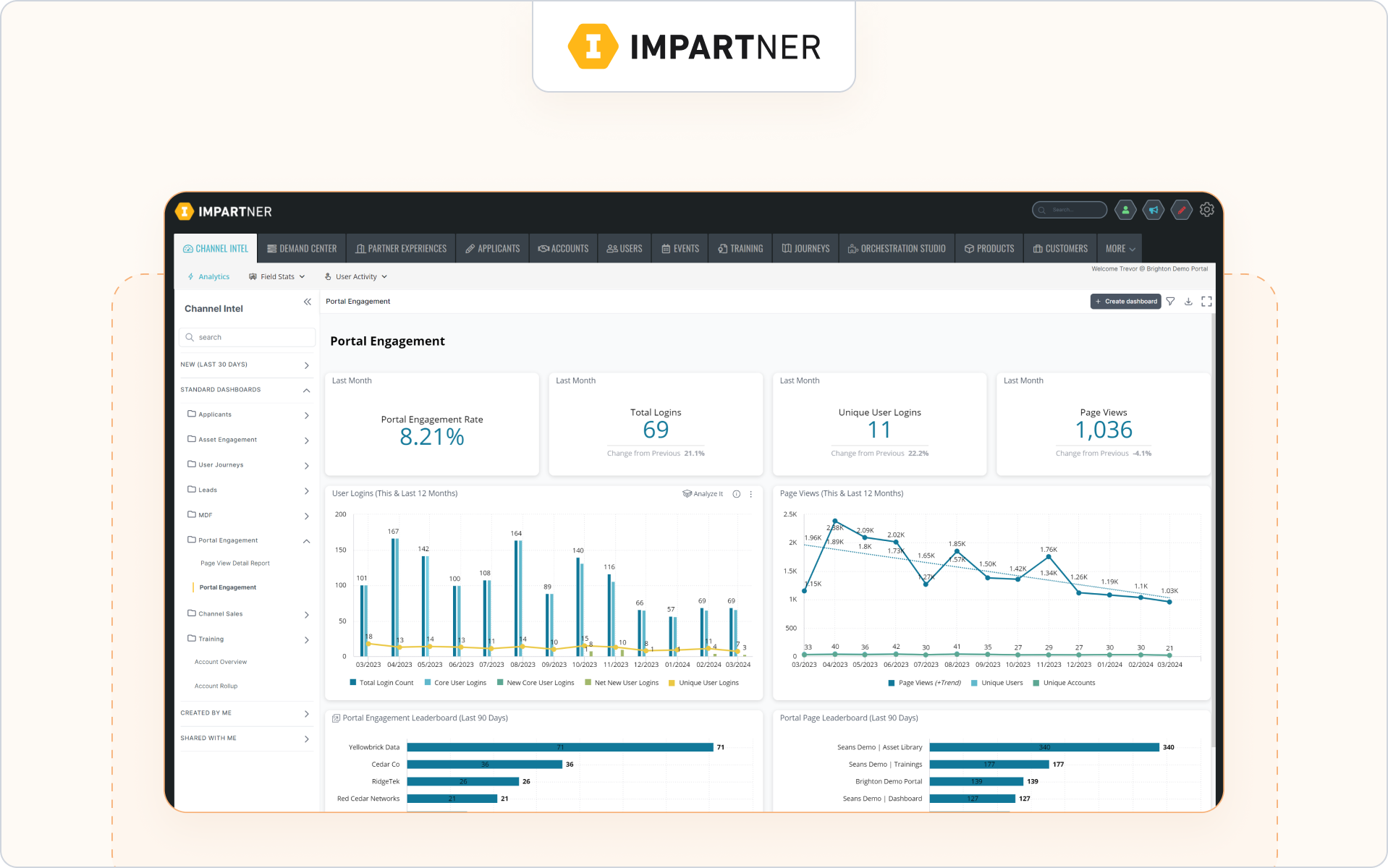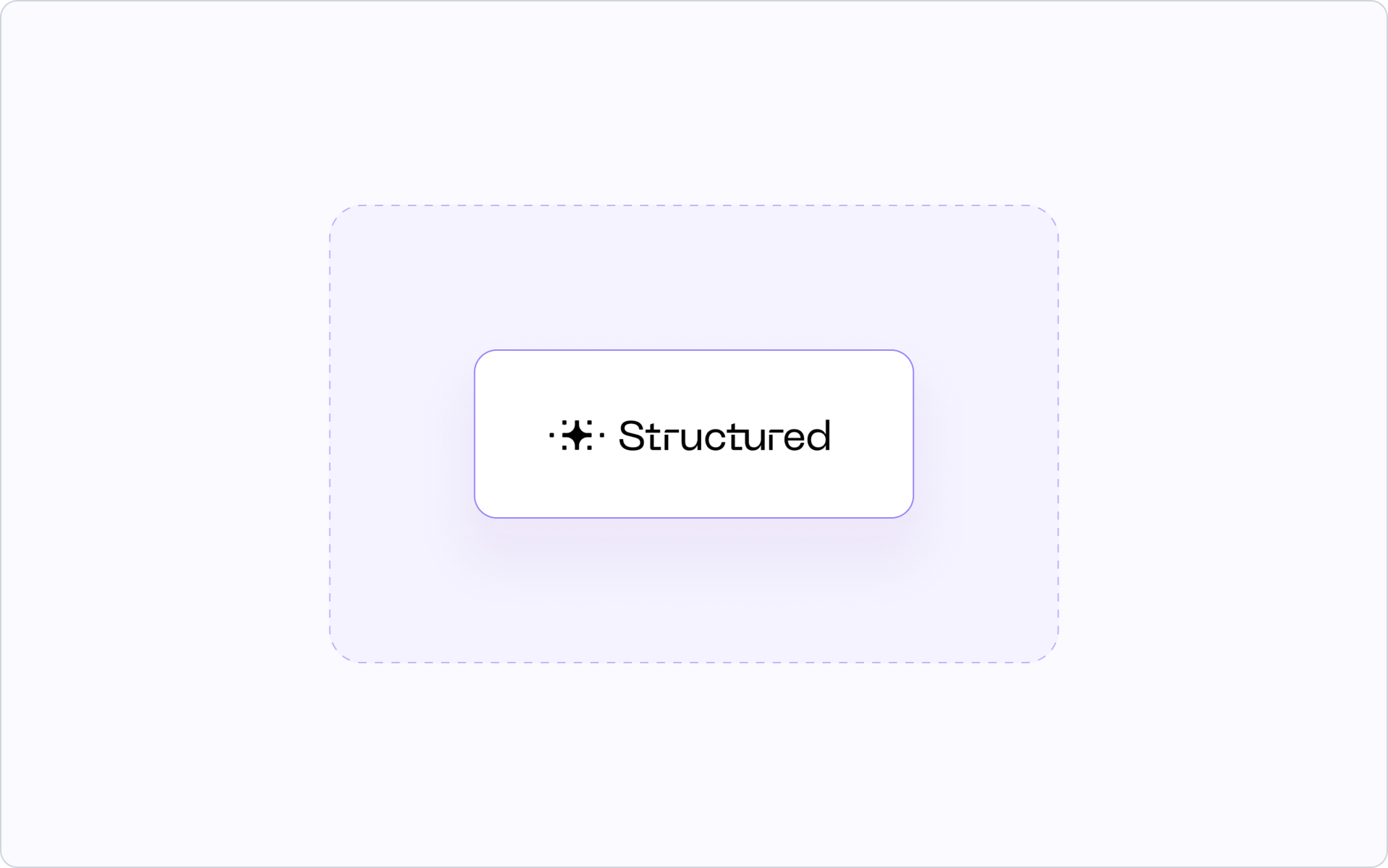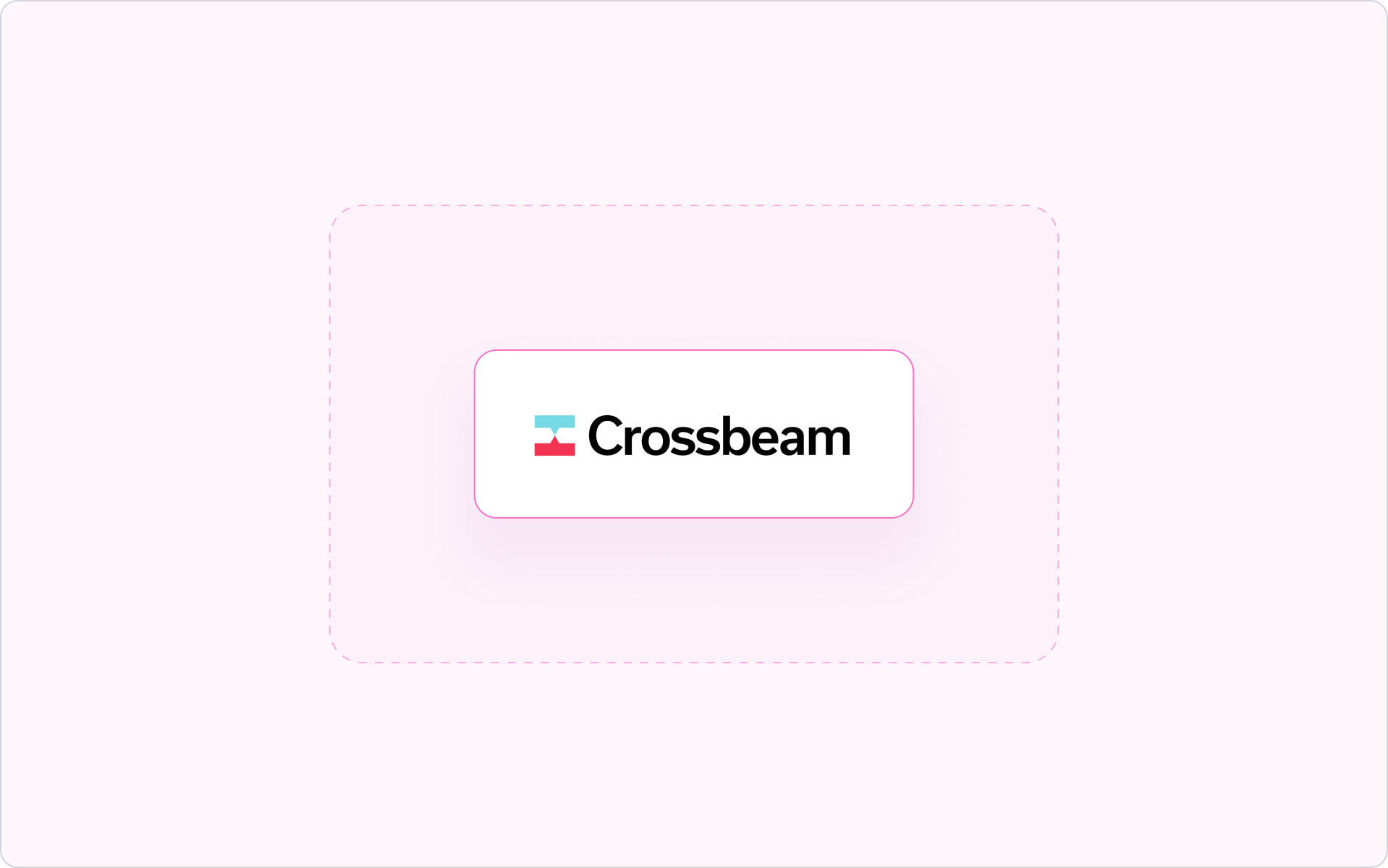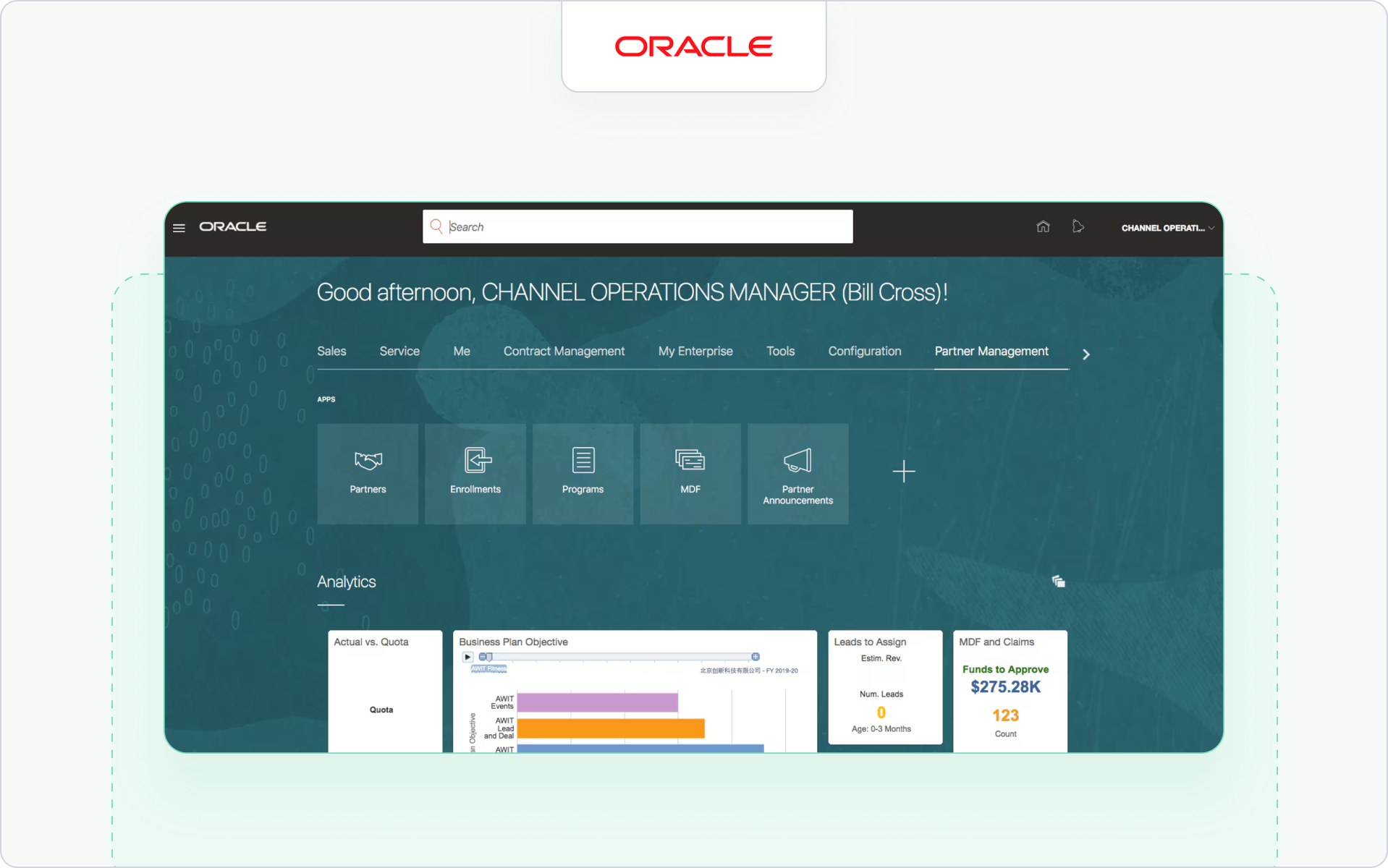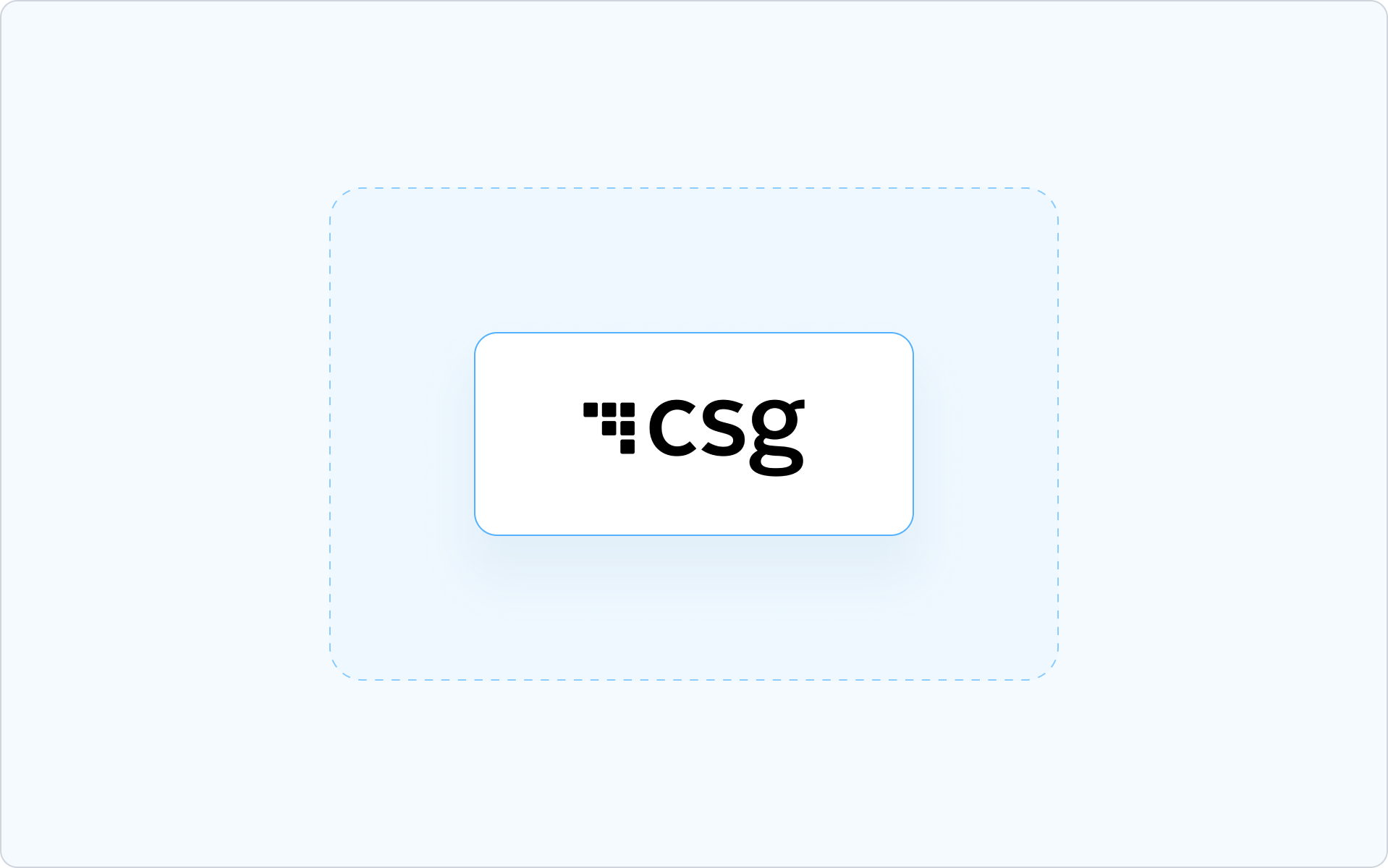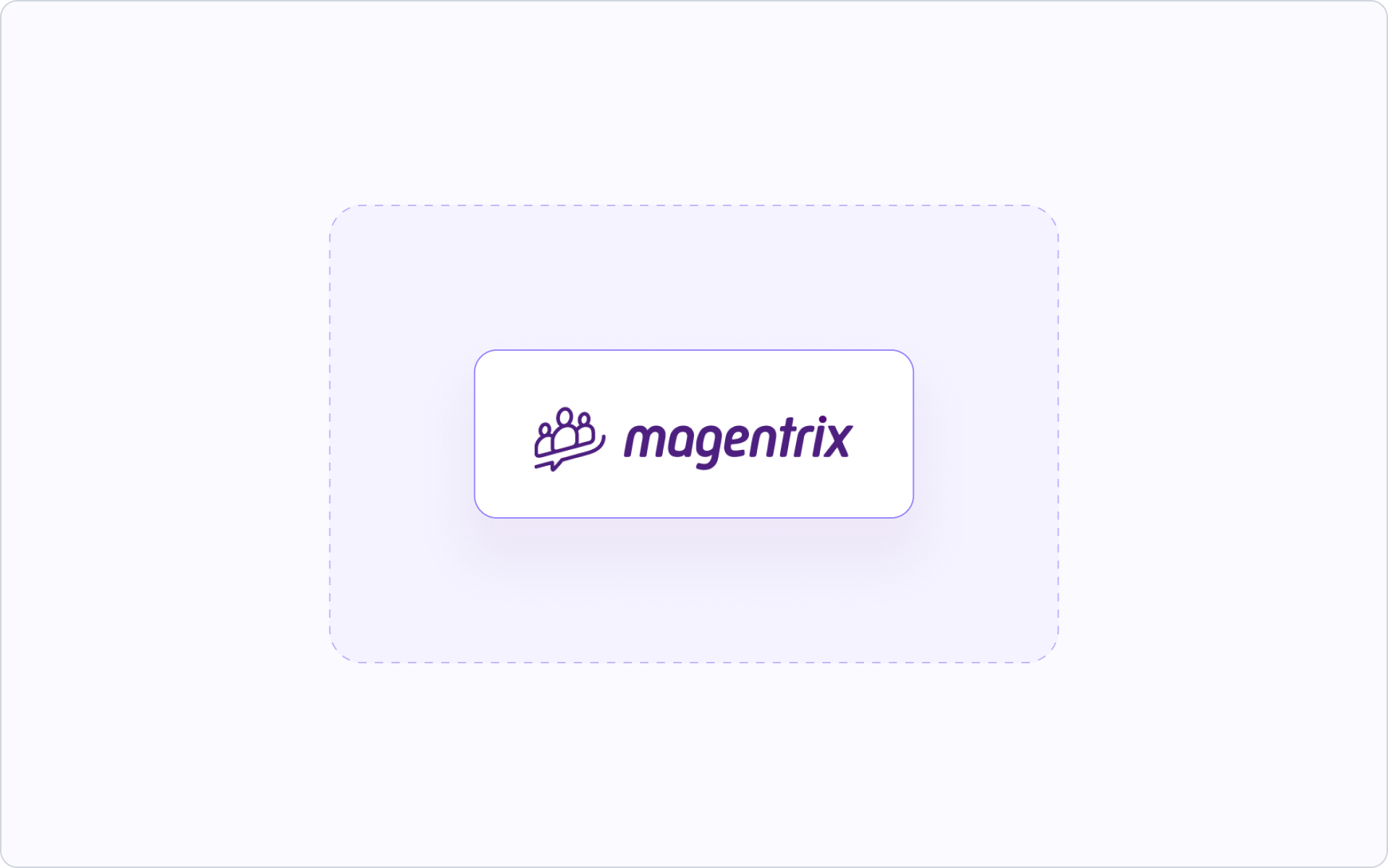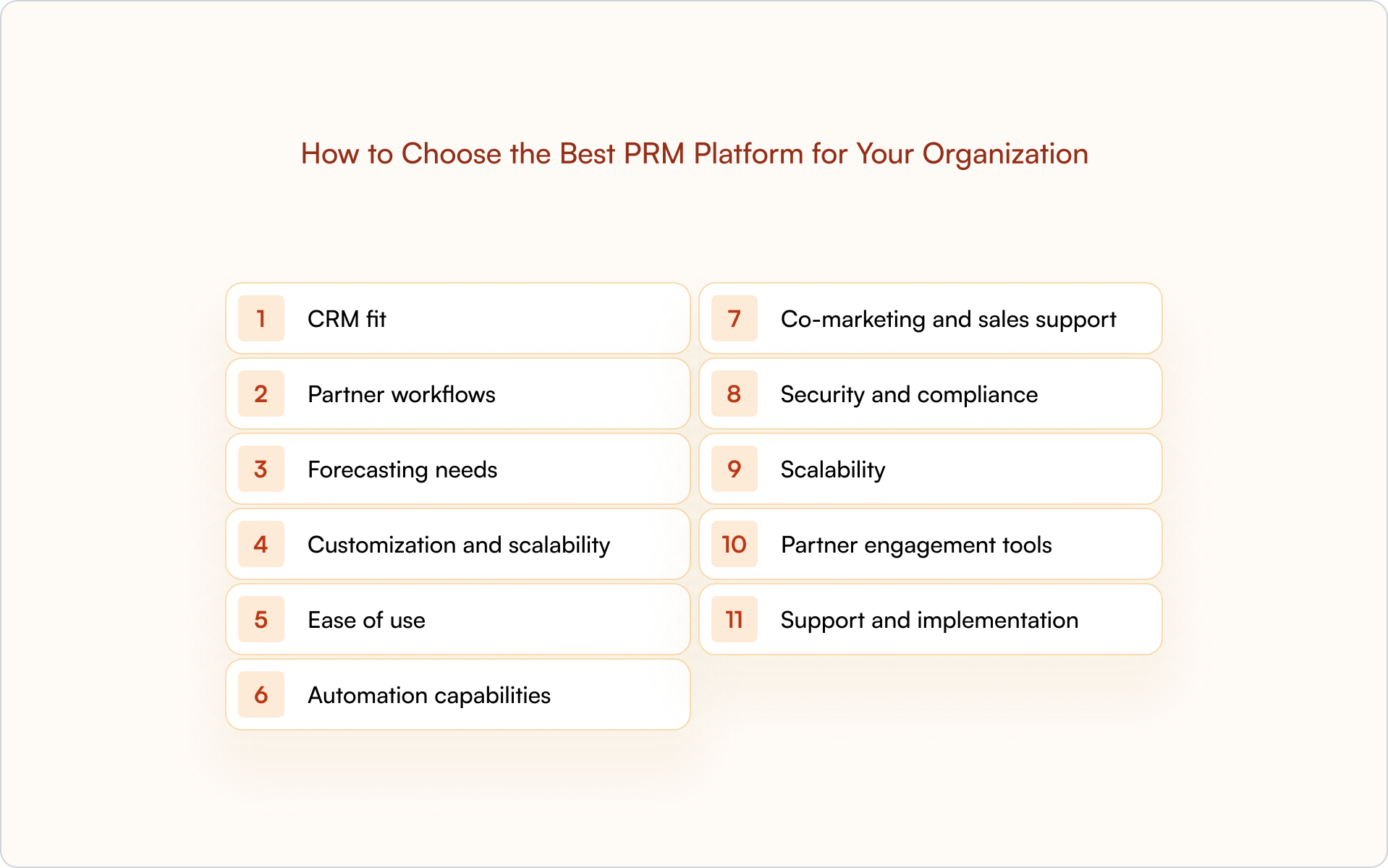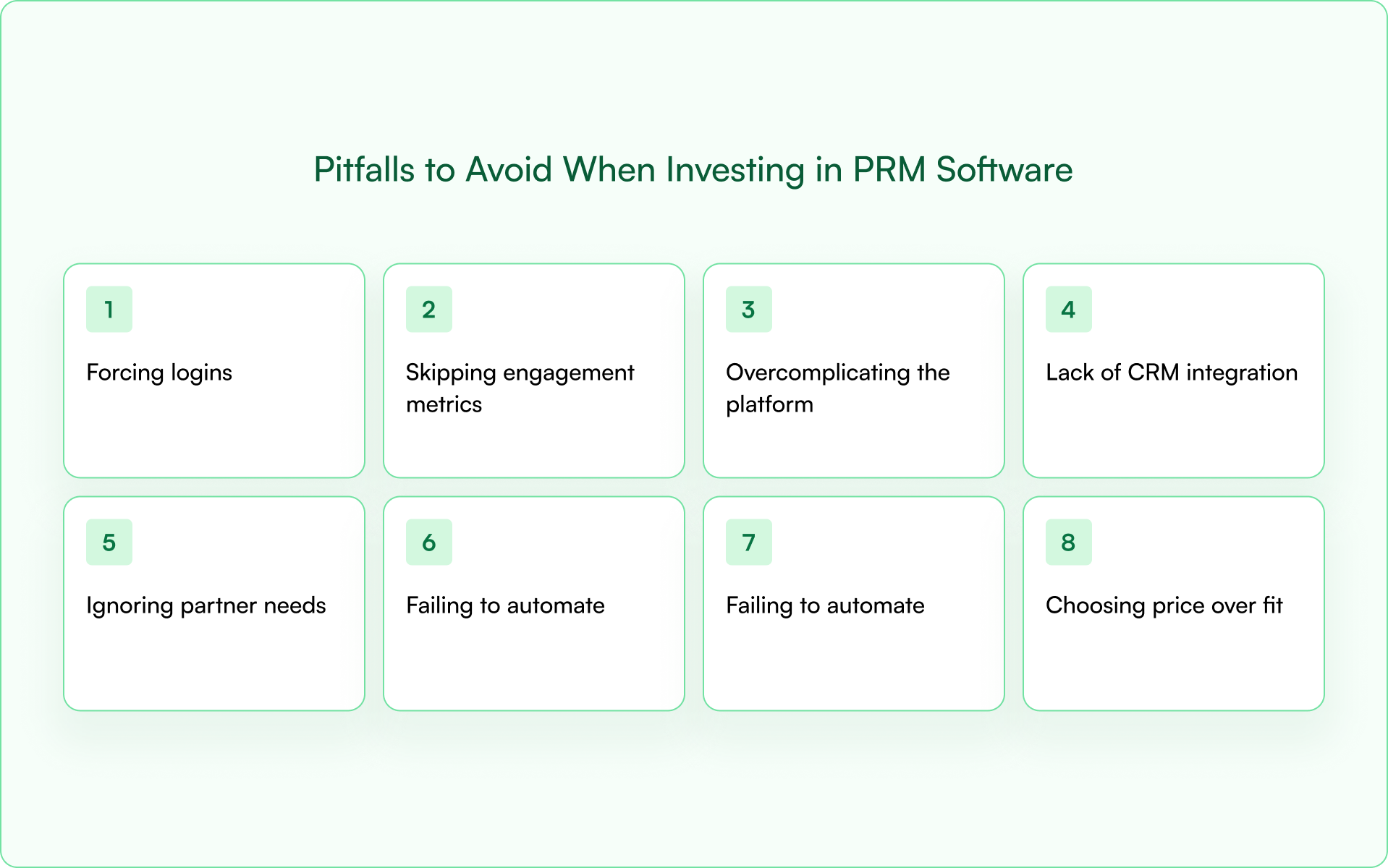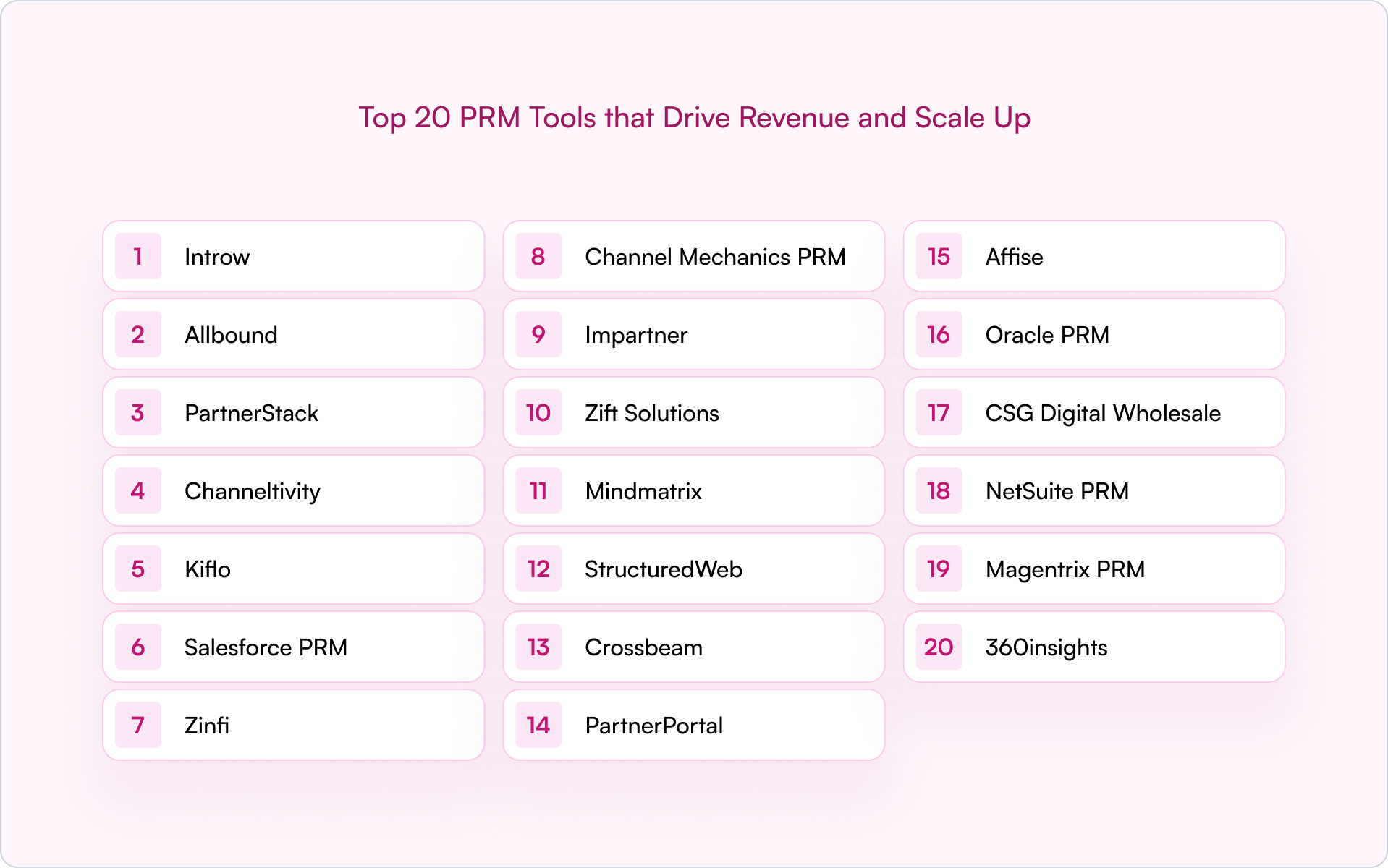In 2026, ecosystem-led growth is a key priority for SaaS teams.
In a fiercely competitive landscape, relying solely on your direct sales team and internal resources is no longer enough.
SaaS companies increasingly recognize the power of strategic partnerships to drive scalable, sustainable revenue.
Indeed, by tapping into partner ecosystems, companies can expand market reach, accelerate customer acquisition, and increase trust through third-party validation.
But in order to efficiently manage and scale partnership programs, you need the right tech stack.
In 2026, this means a partner relationship management system that seamlessly integrates with — and is embedded within — your CRM.
Introw is an attractive option for Salesforce users.
This no-code PRM platform empowers teams to manage partner collaboration within a fully customizable portal — while keeping everything synced in Salesforce, eliminating the need for manual updates or disconnected tools.
Embedded partner management streamlines workflows, enhances collaboration, helps you deliver engaging partner experiences and eliminates the need for partners to switch platforms, ultimately driving higher adoption and performance.
It turns the CRM into a central hub for direct and partner-led growth, ensuring tighter integration with core sales processes, better data accuracy, and real-time visibility.
⬇️ In this guide, we'll take you through our top recommendations for scaling your partnership program through Salesforce.
What Makes Salesforce Powerful for Partner Management?
So, first up — why should you opt for partner management in Salesforce?
Here are four major Salesforce partner relationship management features:

1. Unified CRM With Shared Visibility Across Sales, Marketing, And Support
Salesforce's Experience Cloud PRM is fully integrated within its CRM platform, providing a centralized system where sales, marketing, and support teams can collaborate seamlessly.
The Salesforce partner management software allows for real-time sharing of sales leads, marketing campaigns, and support cases with partners.
It aims to ensure consistent and efficient communication across all departments.
2. Custom Objects, Fields, and Relationship Tables
Salesforce offers the flexibility to create custom objects and fields.
This is super useful when it comes to partner relationship management.
Indeed, these handy customizations enable businesses to tailor their partner management processes to their specific needs.
Furthermore, they facilitate complex data modeling and allow for the precise tracking of partner interactions and performance metrics.
3. Native Automation And Workflow Support
In 2026, automation is a must if you wish to remain competitive.
Fortunately, Salesforce delivers with a whole host of built-in automation tools via Sales Cloud.
For instance, users can create workflows that streamline partner onboarding, deal registration, and lead distribution.
These automated processes reduce manual tasks, enhance efficiency, and ensure that partners receive timely updates and support throughout their engagement lifecycle.
4. Huge Ecosystem Of Partner-Focused Integrations
Partner relationship management on Salesforce is made much easier by the platform's extensive AppExchange.
Here you'll discover a vast array of partner-focused integrations, with access to thousands of prebuilt applications and consultant offerings.
This extensive ecosystem allows businesses to extend their capabilities, incorporating tools for PRM, marketing automation, analytics, and more, to enhance partner collaboration and drive revenue growth.
While Salesforce is an excellent option for partner management — especially if it's already your CRM — when it comes to PRM, it's worth looking beyond Experience Cloud.
Experience Cloud is expensive, dev-heavy, and slow to implement.
What's more, it can be way too complex for smaller organizations or those with smaller partner programs.
Instead, take a look at Introw.
This slick no-code PRM platform integrates seamlessly with Salesforce, enabling rapid deployment and off-portal collaboration with no extensive setup.
Introw delivers off-portal collaboration tools such as Slack integration, so partners no longer need to log into Salesforce directly to engage through shared channels or receive updates.
At the same time, Introw is embedded within Salesforce, so your CRM remains your single source of truth.
7 Salesforce Partner Management Recommendations for 2026
Ready to take your partner program to the next level with Salesforce partner relationship management via Introw?
Here are seven best practices to follow.
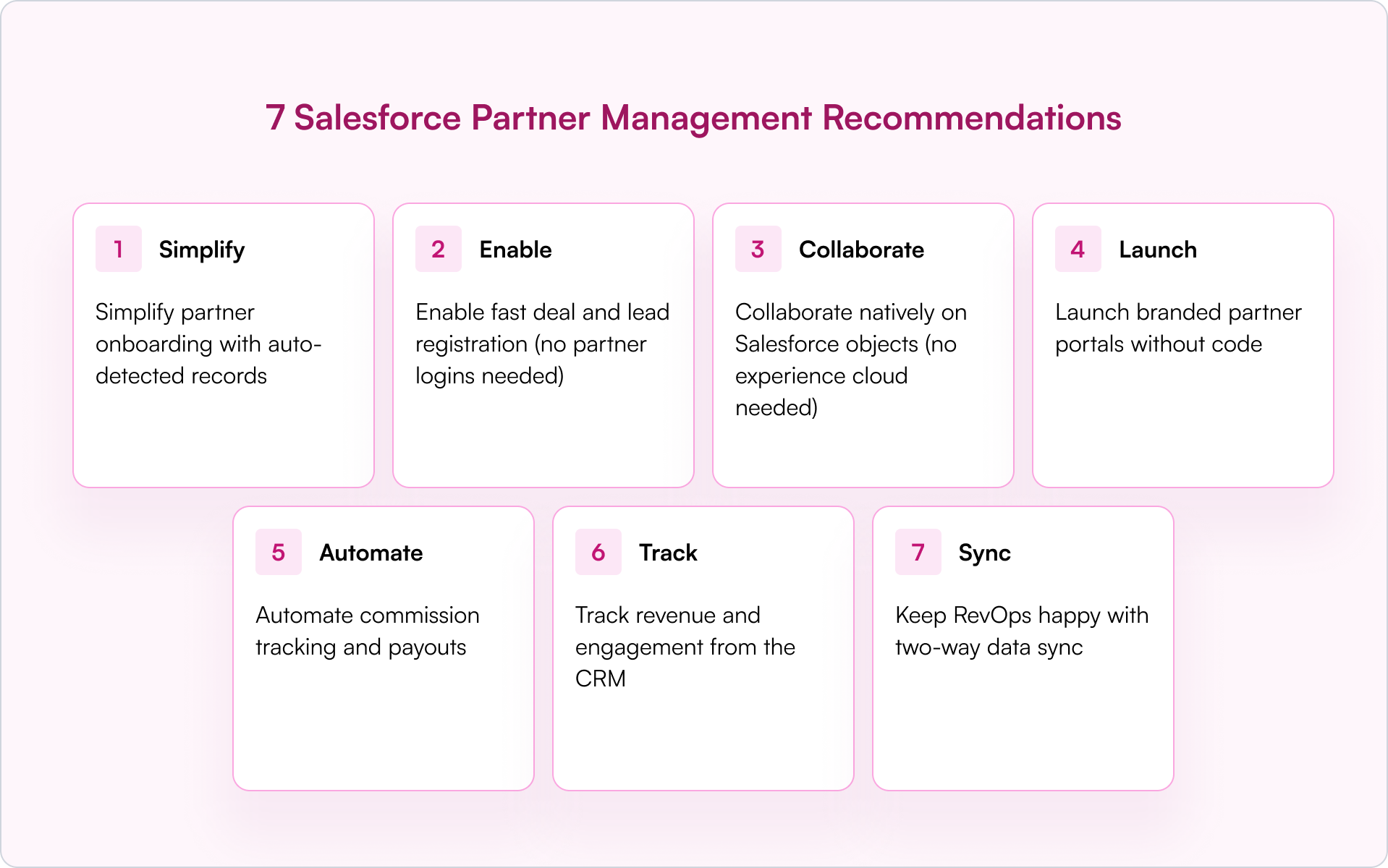
1. Simplify Partner Onboarding with Auto-Detected Records
Introw simplifies partner onboarding by seamlessly integrating with Salesforce to auto-detect partner records.
Upon connecting Salesforce to Introw, the PRM platform automatically syncs partner data from the CRM and kicks off workflows automatically.
It identifies partners by filtering accounts labeled as 'Partner' or based on your custom configurations.
This automation eliminates manual data entry, ensuring a swift and accurate setup.
Once detected, Introw enables you to build no-code onboarding workflows that guide partners through essential steps like profile completion, content access, and deal registration.
These workflows are tracked and synced with Salesforce, maintaining your CRM as the single source of truth and enhancing the efficiency of your partner onboarding process.
2. Enable Fast Deal And Lead Registration (No Partner Logins Needed)
Introw enables fast deal and lead registration without requiring partners to log in to Salesforce.
This streamlined approach accelerates partner engagement and ensures all submissions are tracked within your CRM.
Here's how it works.
Partners submit deals via secure, custom-branded forms created within Introw.
These forms are linked directly to Salesforce and automatically map submitted data — like company, contact, and deal details — to the correct custom objects, such as Opportunities or Leads.
Furthermore, Introw's native Salesforce integration ensures real-time syncing, eliminating manual data entry and reducing friction for partners.
3. Collaborate Natively On Salesforce Objects (No Experience Cloud Needed)
Introw lets users collaborate directly on Salesforce objects — like Opportunities, Contacts, or Accounts — without Experience Cloud.
Through Introw's native Salesforce integration, partners can:
- Leave comments
- Upload files
- Share updates via Introw's interface
Meanwhile, all this activity is automatically synced to the corresponding Salesforce records.
This keeps every note, document, and status update tied to the right object in your CRM, ensuring full context and traceability without requiring partner logins.
By eliminating the need for Experience Cloud, Introw reduces complexity and cost while enabling seamless, real-time collaboration between internal teams and external partners — all within your existing Salesforce environment.
4. Launch Branded Partner Portals Without Code
With Introw, users can launch fully branded partner portals in Salesforce in minutes — no coding required.
These portals are dynamically generated and personalized based on partner type, deal stage, or custom Salesforce fields.
Introw pulls data directly from Salesforce to tailor each partner's experience, displaying relevant content, contacts, and opportunities.
Businesses can also customize branding, messaging, and segmentation rules to reflect their identity and target different partner segments.
Unlike traditional Experience Cloud setups, Introw's no-code approach simplifies deployment while offering powerful functionality, empowering teams to quickly deliver a professional, secure, and scalable partner experience directly integrated with their Salesforce data.
5. Automate Commission Tracking And Payouts
Want to save time on commission and payments while also ensuring your partners are accurately rewarded?
Introw automates commission tracking and payouts by tapping into real-time Salesforce data.
Once connected, Introw monitors key objects like Opportunities or custom revenue fields to determine commission eligibility.
Users can configure rules to automate when and how payouts are triggered — no manual input required.
Moreover, partners gain visibility into their commission status through branded, no-login-required portals.
All activity is synced back to Salesforce.
6. Track Revenue And Engagement From The CRM
Introw enables users to track deals, revenue and partner engagement directly from Salesforce by syncing real-time CRM data into intuitive dashboards.
Leveraging connected objects like Opportunities, Accounts, and custom fields, Introw surfaces deal flow, partner performance, and key engagement signals — such as submitted deals, shared files, and comments.
These insights are then visualized in real-time dashboards that require no manual updates or separate tools.
This gives you a vital overview of which partners are most active and where revenue is being influenced, making it easier to optimize partner programs based on accurate, live performance and engagement metrics.
7. Keep RevOps Happy With Two-Way Data Sync
Introw keeps RevOps aligned by enabling two-way data sync with Salesforce, ensuring the CRM remains the single source of truth while powering enhanced partner-facing workflows.
When partners submit deals, leave comments, or share updates via Introw, all activity is instantly synced to the correct Salesforce objects — like Opportunities or Contacts.
Furthermore, any updates made in Salesforce are also reflected in partner-facing views, maintaining real-time consistency.
This eliminates manual data entry, reduces errors, and ensures that every internal or external interaction is captured and tracked centrally.
RevOps teams gain full visibility and control, while partners enjoy a seamless, user-friendly experience without needing direct CRM access.
Why Introw Is the Ideal Salesforce PRM Integration
Introw is purpose-built to enhance Salesforce with seamless, secure, and scalable partner relationship management — without disrupting your existing CRM workflows.
If Salesforce is already your CRM, choosing Introw for your PRM needs is a no-brainer.
Here are seven reasons why: partner relationship management on Salesforce
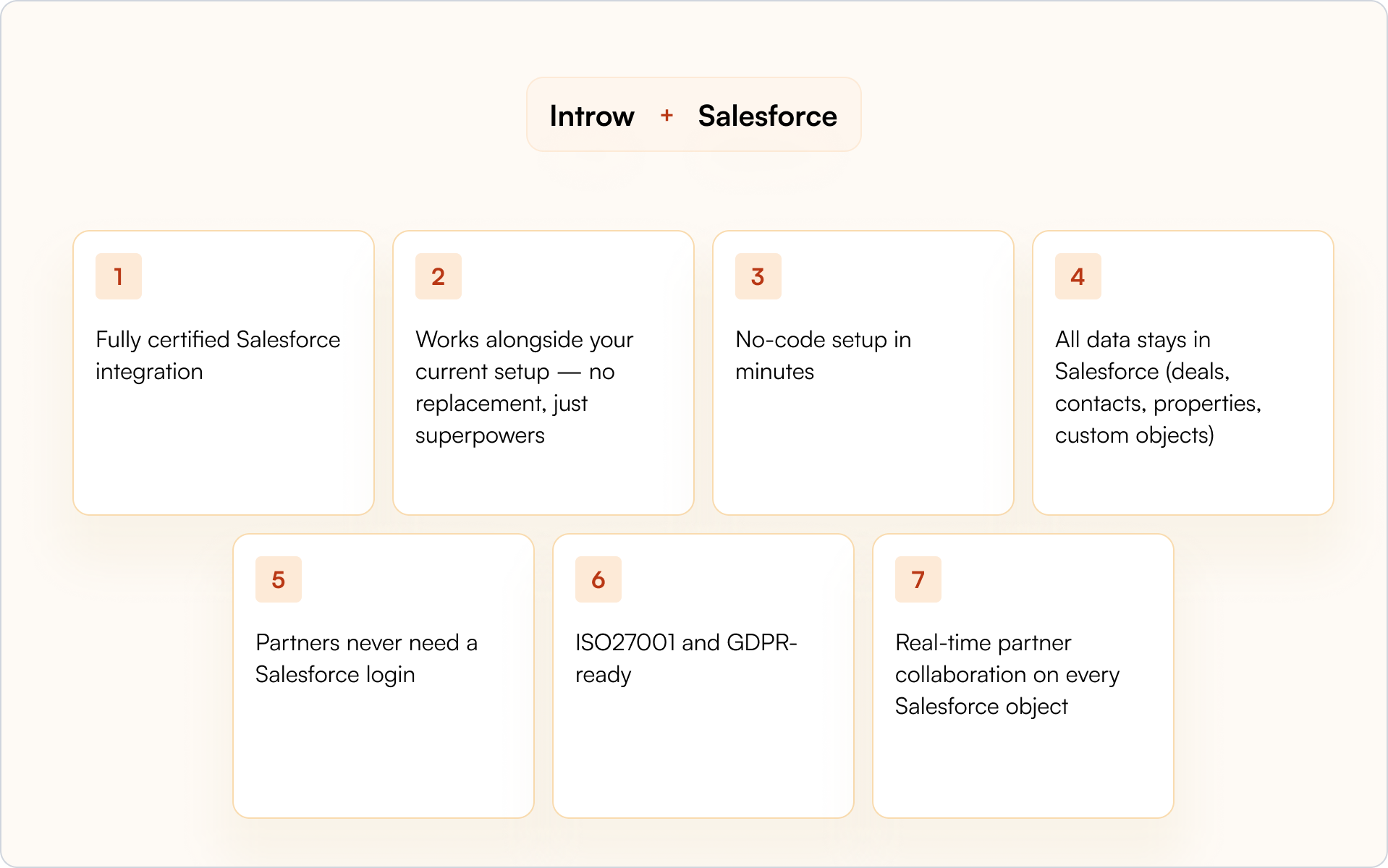
- Fully certified Salesforce integration: Introw meets the highest standards for security, functionality, and compatibility, providing a seamless connection with your Salesforce CRM.
- Works alongside your current setup — no replacement, just superpowers: Introw enhances your existing Salesforce environment by introducing sophisticated PRM capabilities without requiring a complete system overhaul or replacement.
- No-code setup in minutes: Users can quickly implement and customize the intuitive platform in minutes, eliminating the need for technical expertise or lengthy development processes.
- All data stays in Salesforce (deals, contacts, properties, custom objects): Introw ensures that all partner-related data remains within your Salesforce environment, preserving data integrity and centralizing all information.
- Partners never need a Salesforce login: Introw encourages partner enablement by allowing partners to collaborate and access necessary data without requiring them to log into Salesforce, simplifying the user experience and increasing partner engagement.
- ISO27001 and GDPR-ready: Introw complies with ISO27001 and GDPR regulations, ensuring that all partner data is securely managed and your organization meets global data privacy standards.
- Real-time partner collaboration on every Salesforce object: Introw facilitates real-time collaboration on every Salesforce object, including Opportunities, Contacts, and custom objects, keeping all interactions up-to-date and integrated for better decision-making.
🚀 Ready to launch your Salesforce Partner Portal in minutes? → Book a Demo
Conclusion
Salesforce is already your customer engine — now it can be your partner engine too.
Don't overbuild with Experience Cloud when Introw gives you instant value: faster launches, better adoption, and cleaner CRM data.
📈 Want to scale partner revenue inside Salesforce? Get a personalized Introw demo
Can I Manage Partner Relationships In Salesforce?
Absolutely! Salesforce is a popular tool for managing partner relationships — and there are a few options. You can opt for Salesforce's Experience Cloud, which has extensive partner relationship management capabilities. This allows businesses to manage the entire partner lifecycle — from onboarding to collaboration — using tools like lead distribution, deal registration, and customizable partner portals.However, Experience Cloud is expensive, dev-heavy, and slow to implement. And for smaller organizations or partner programs it can be far more than they need. This is where Introw comes in. With Introw — a sophisticated but efficient and agile PRM system — you can scale smarter with less friction. Integrate Introw with Salesforce, and you can seamlessly operate partner management from inside Salesforce, connecting easily with your channel sales partners, tech partners and resellers.This no-code PRM platform allows for rapid deployment and off-portal collaboration, enhancing partner engagement without requiring extensive setup.
What Is Salesforce PRM And How Is It Different From Introw?
The PRM in Salesforce is a powerful solution built on Experience Cloud, offering deep customization and native integration within the Salesforce ecosystem. However, it often requires months of implementation, heavy resourcing, and ongoing dev support — with some deployments taking up to 12 months to go live.Introw, by contrast, is a no-code PRM platform that integrates instantly with Salesforce. It’s designed for rapid deployment — live in minutes, not months — and enables off-portal collaboration via tools like Slack and email. No dev lift. No learning curve. Just clean CRM sync and partner visibility from day one.
Do Partners Need Access To Salesforce?
When it comes to partner relationship management from Salesforce, partners typically access a dedicated portal within the Salesforce Experience Cloud. Introw PRM eliminates the need for partners to log into Salesforce directly by enabling off-portal collaboration through shared channels and automated updates — while still offering a fully customizable, partner-facing portal experience.This helps any partner connect with your business more quickly and easily, boosting engagement.
What's The Cost Difference Between Experience Cloud and Introw?
For a partner relationship management PRM - Salesforce partner relationship management pricing starts at $10 per login per month or $25 per member per month for more storage, more customized objects, and more API calls per day. Meanwhile, Introw is free to use with one partner. This rises to $329 per month for ten third party partners on the basic plan (best for start-ups and SMEs) or $499 for ten partners on the pro plan (best for companies where partnerships are a key revenue driver).
How does Introw integrate with Salesforce custom objects and properties?
Partner relationship management software Introw provides native, two-way integration with Salesforce, allowing users to link custom objects and properties such as Opportunities, Leads, and Cases. This setup enables automatic syncing of partner activities and revenue attribution, ensuring that Salesforce remains the single source of truth.


.svg)



















